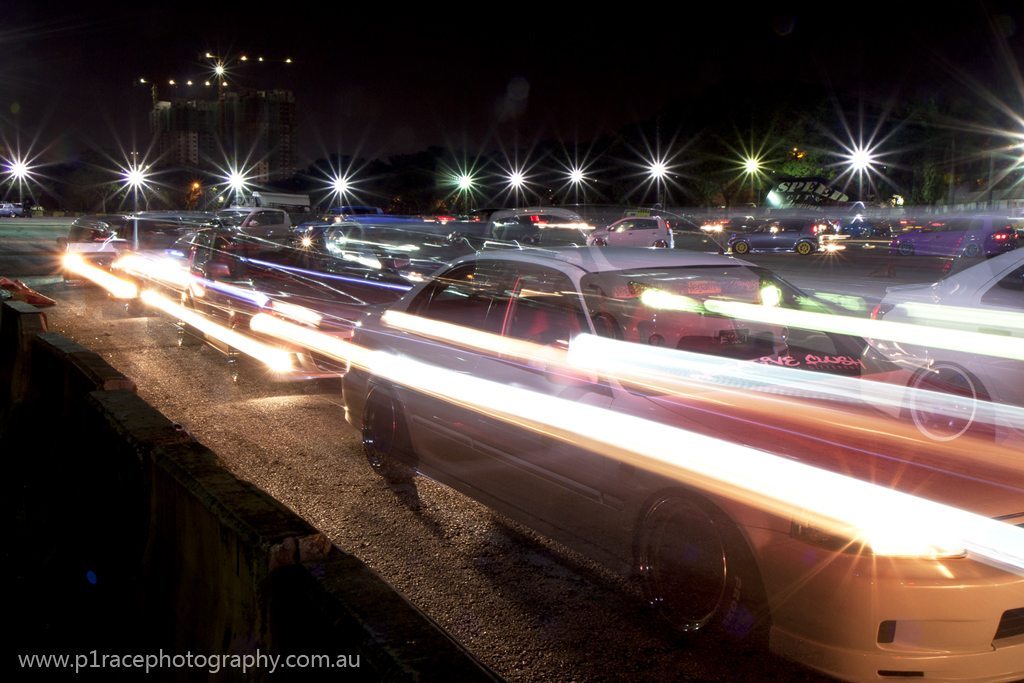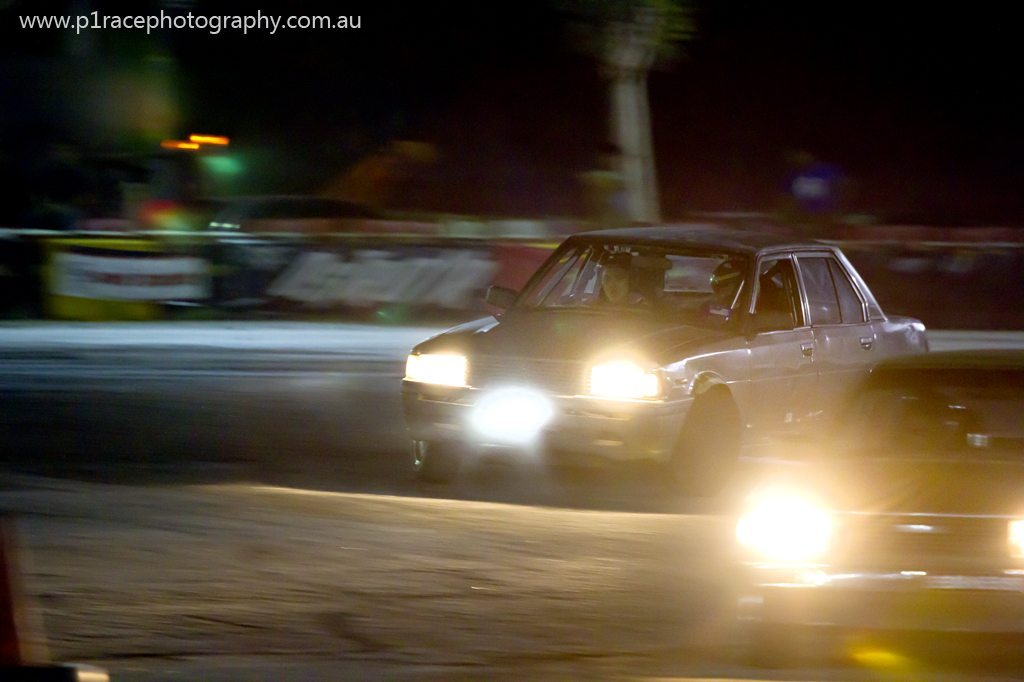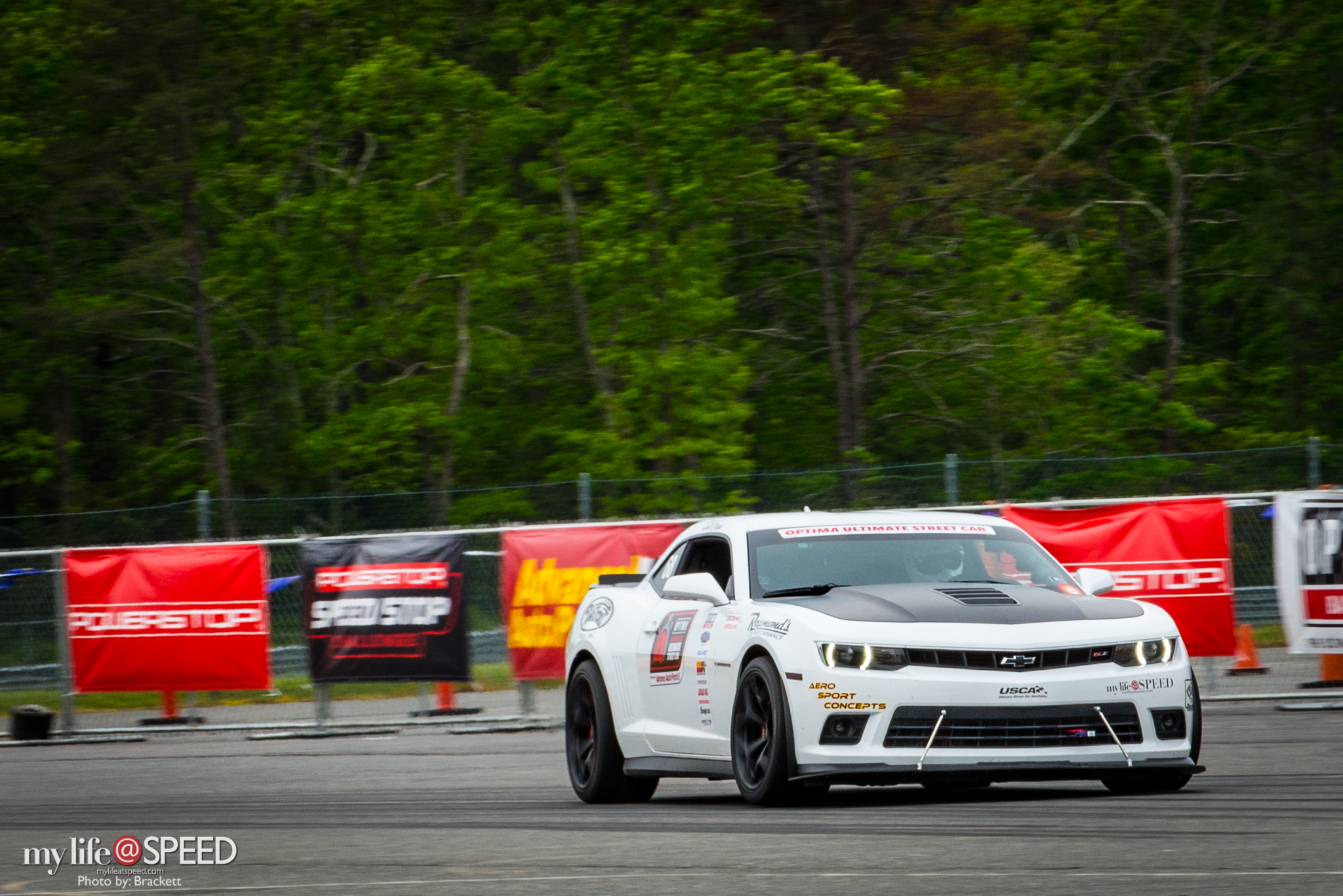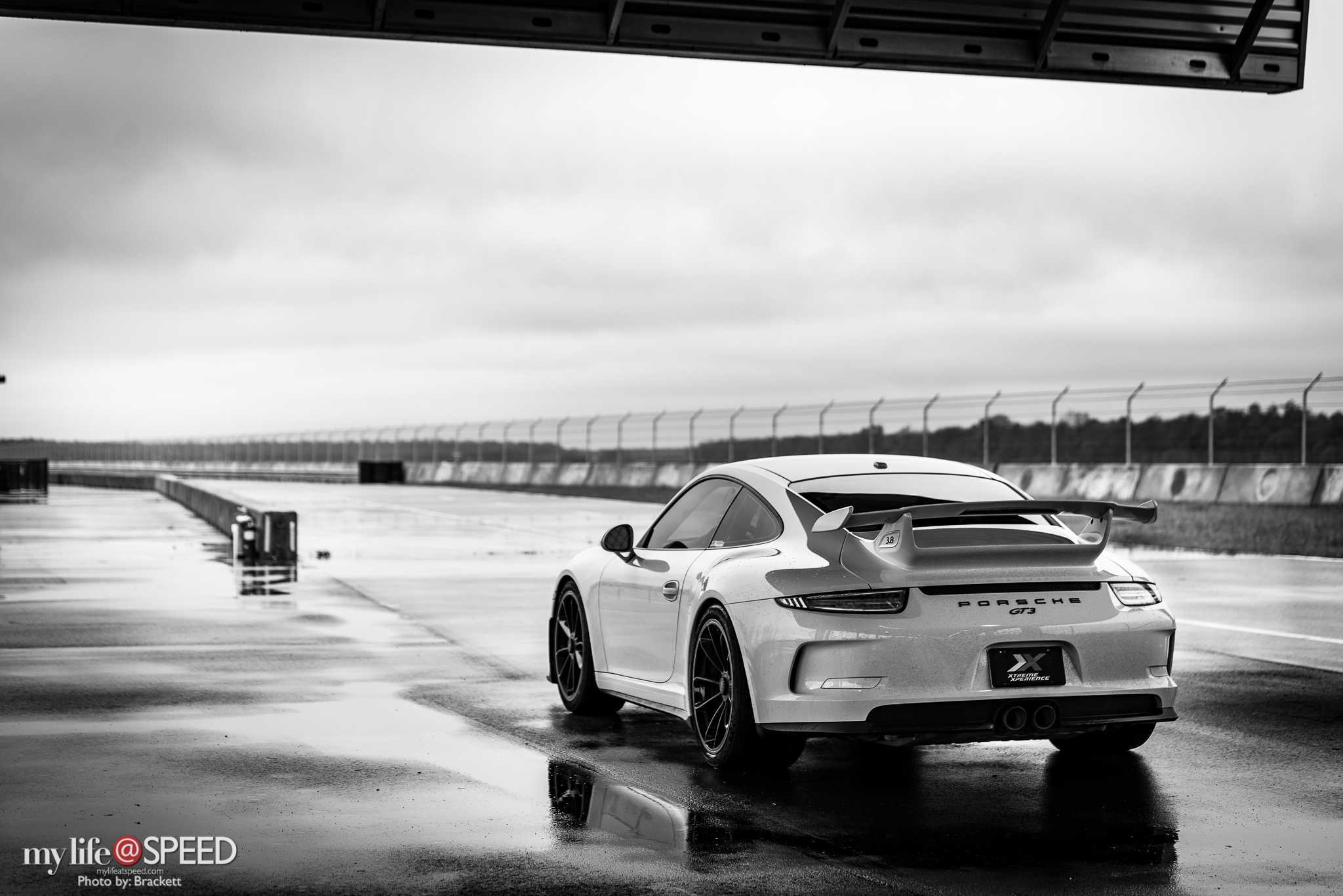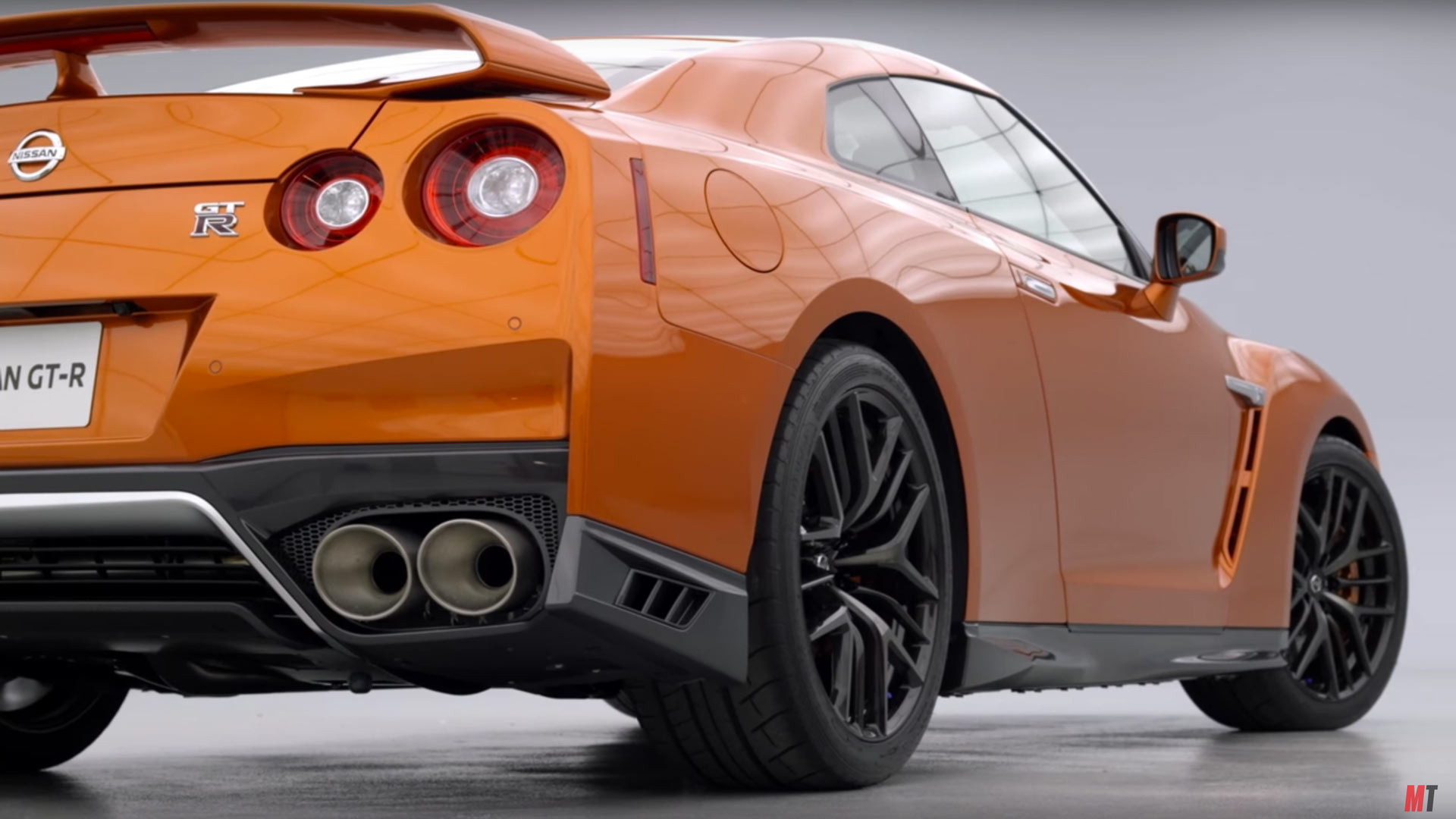When you think of notable car cultures worldwide, Malaysia is probably not the first cab off the rank in your mind. America, yes. Japan, yes. England, France, Germany and Italy – all yes. Malaysia? Not so much.
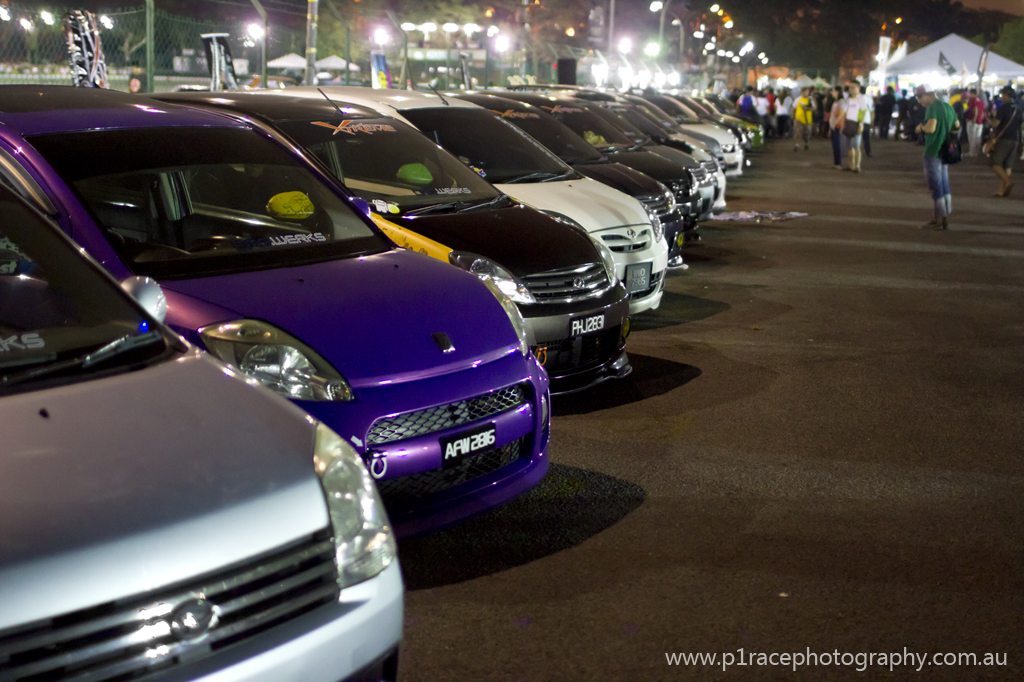
To be honest, there is a good reason for this. Sepang circuit, Petronas and Proton’s former ownership of Lotus aside, Malaysia has done little to stand out on the world car stage. Its two national brands – Perodua and Proton, have not turned out a single sports car between them. If you’re generous, you could count the Proton Satria GTi hot hatch of the 90’s as a sports car, but that’s about it.
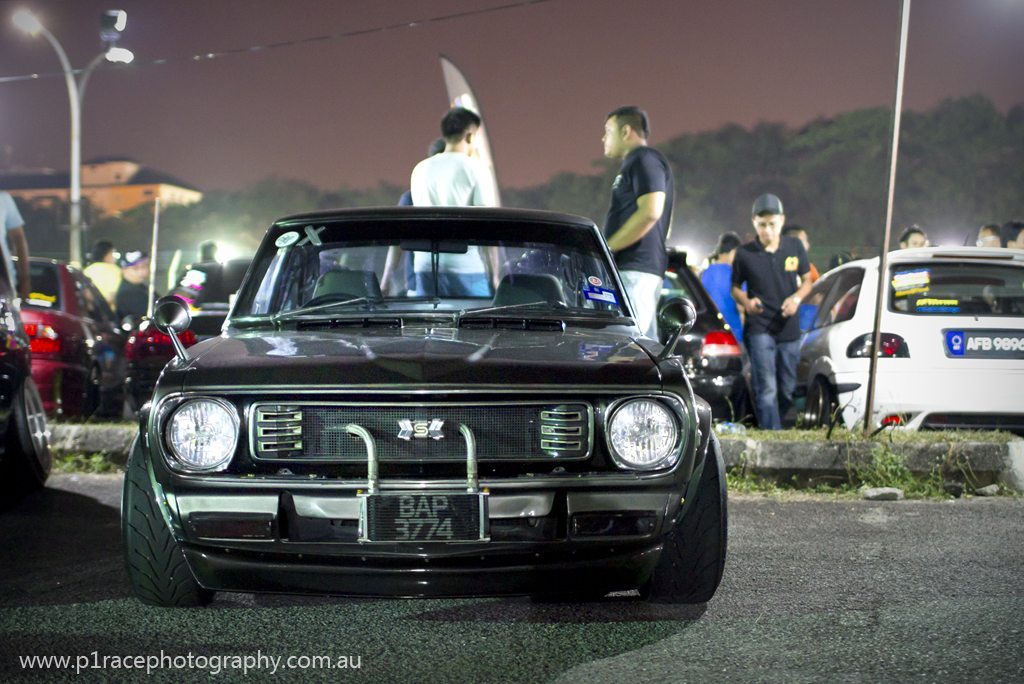
Despite this, and many monetary hurdles in the way (more on that later), I found that in my two days there, Malaysia has a thriving car culture. It may lack in some areas, which I’ll eventually touch on, but equals any I’ve ever seen for passion and flair.

My journey began at Sepang Circuit. Literally across the road from the airport, it was an easy choice. My friend (and Formula Drift Asia GT Radials team manager) Kazuto Soon, picked me up and while unsure if anything was even on, got us in to see what turned out to be a round of the Malaysian Super Sport (MSS) series. Being a Friday, it was only practice, and not having planned for it, we couldn’t get media access, but Kazuto showed me around and got us into the pits, so I could fire off a few shots there, too.
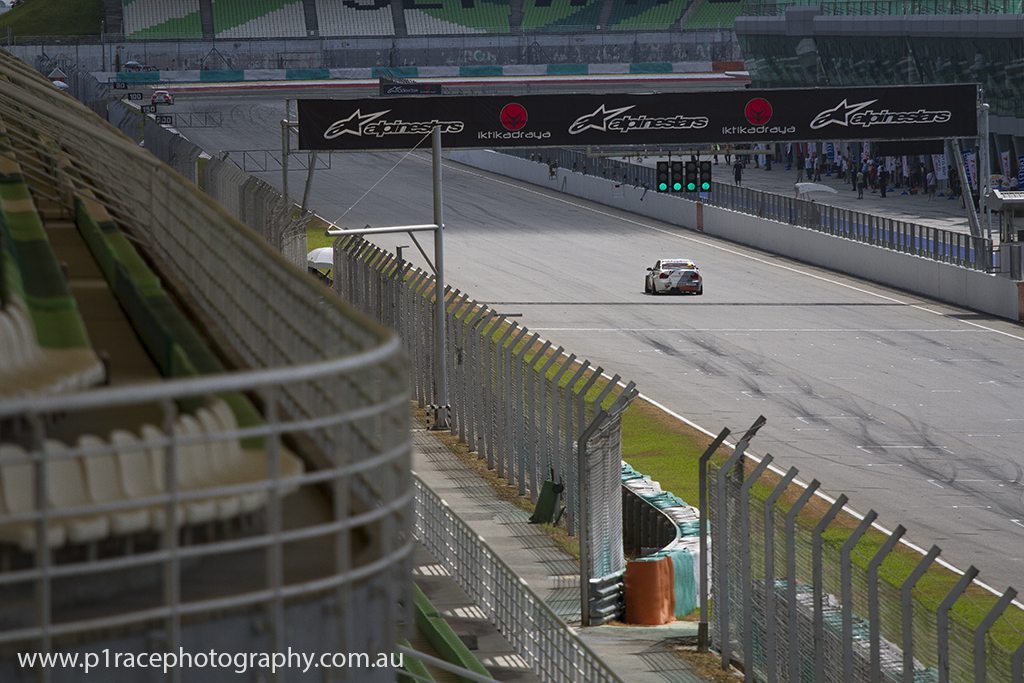
Sepang really is amazing. On TV, it looks very much like any other anodyne, modern F1 layout. But once there, you realise it is a spectacular place to see a race. The twin-faced grandstands covering the main and back straights, give you almost total vision over the circuit, and according to Kazuto, even for F1 races, you can just move around between any free seats on either side. This means once you’re in the stands, you can happily watch the entire race without moving more than a few metres at a time. The fact there is some elevation change, too, is just icing on the cake.
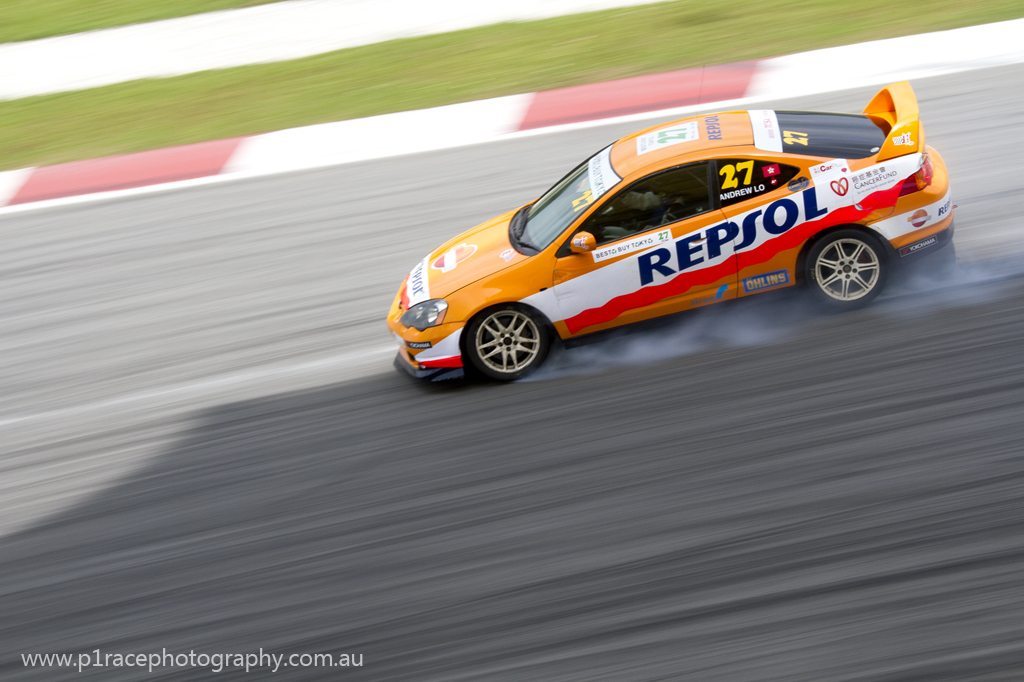
The funny thing is, Kazuto described the MSS as a ‘small local series’, but this was a little inaccurate at best. Half the cars there were from big Asian teams usually that compete in events like the famous Macau Grand Prix, like this Repsol Honda outfit…

The Selenia Honda team…
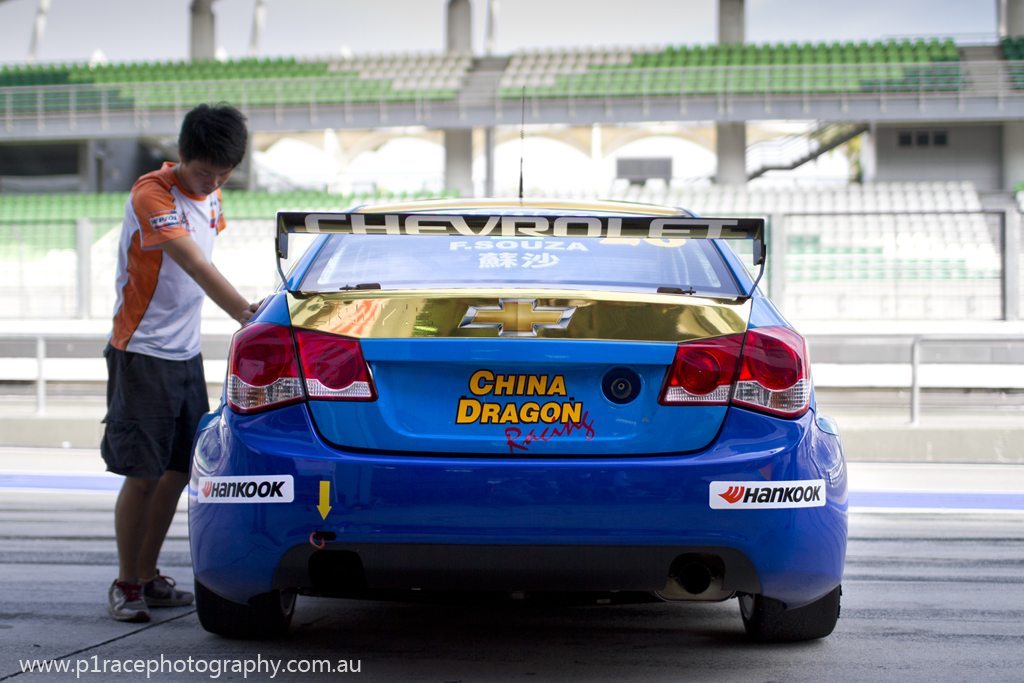
And the China Dragon Racing team, running this WTCC-spec Chevy Cruze.
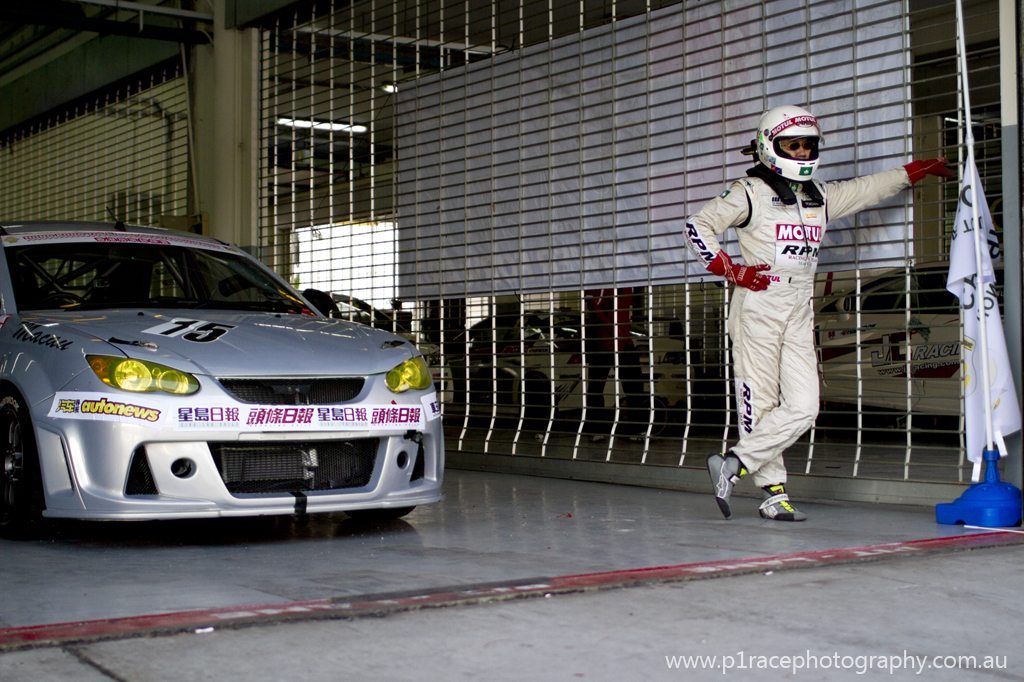
The rest of the entrants consisted of local race teams running various machines. Some, like this fine gentleman above, were using domestic metal, while others had chosen from a range of traditional and not so traditional, Japanese weaponry.
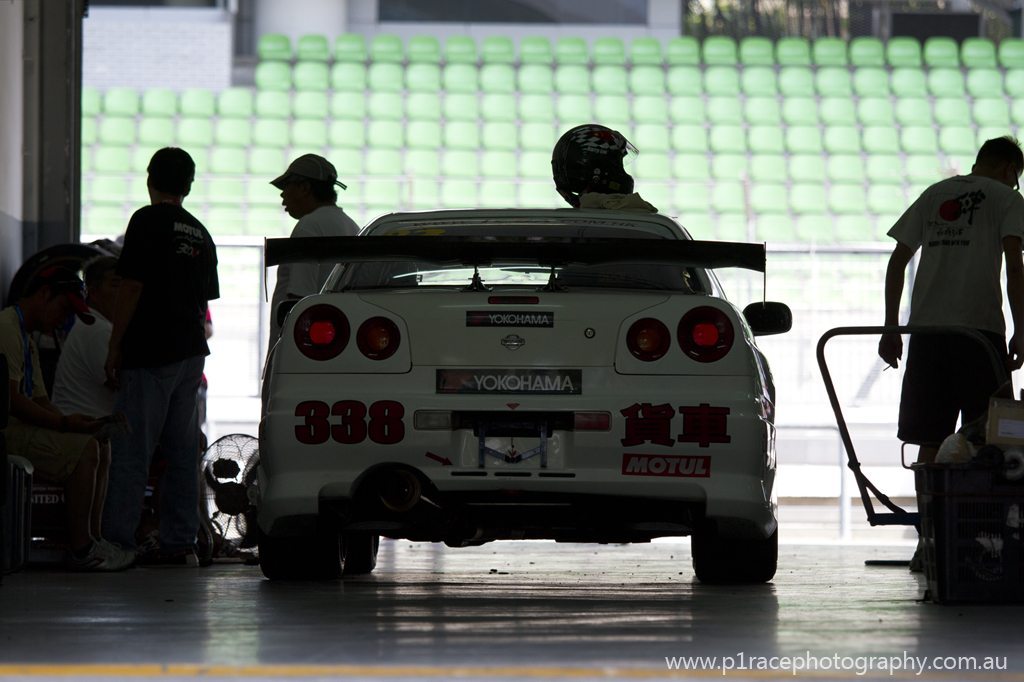
One of the standouts for me was this R34 GT-T with GT-R fenders. A rare base for a race car at the best of times, some serious work had gone into this one, and it showed.

Another favourite, again for its rarity as a race car, was this MR2. Like the GT-T, engine and poor cooling issues have typically restricted this Toyota’s tuning potential, so it was nice to see this one dressed up and ready for battle.
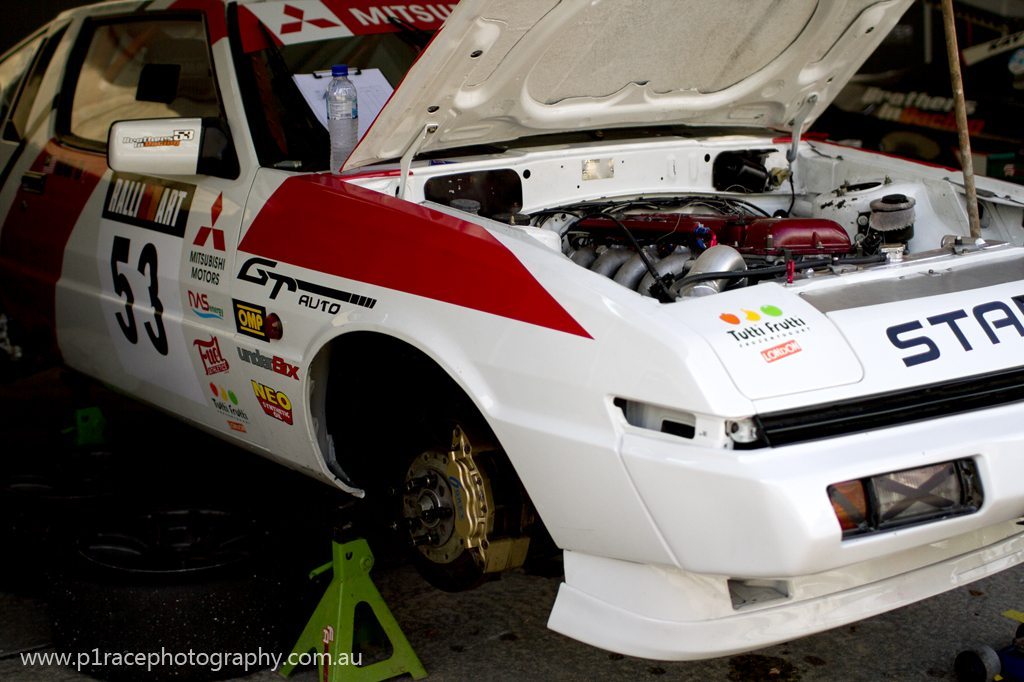
Speaking of engines, out the back and away from the more moneyed teams, Kazuto and I spotted this lovely little Starion with an SR20 swap. It wasn’t just the engine that had been converted to S-chassis spec, though.
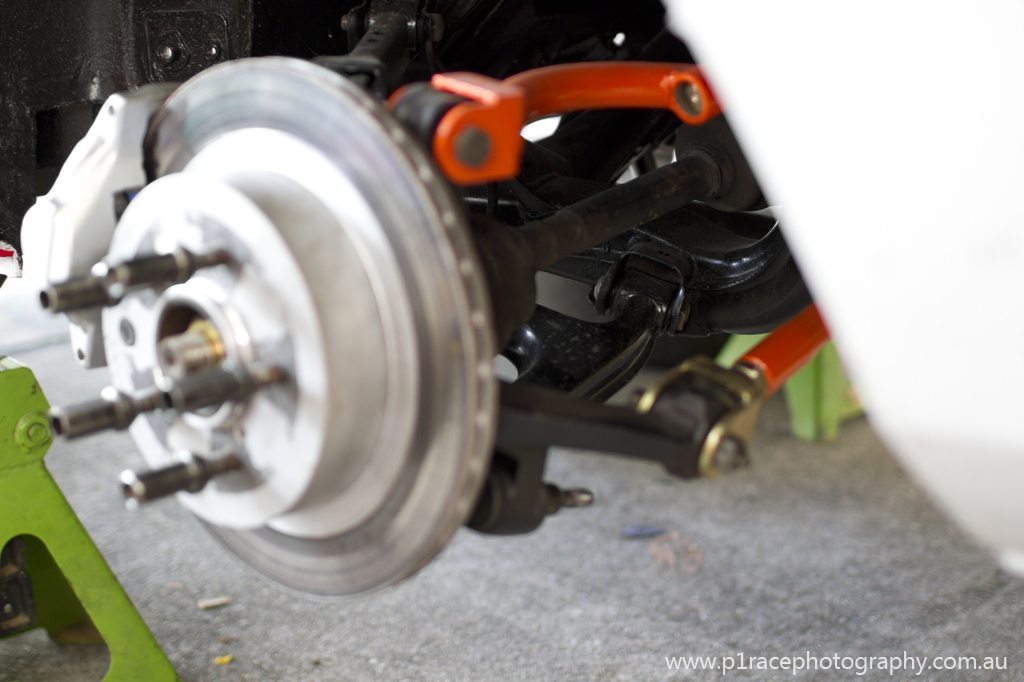
Kazuto spotted the entire rear-end, including diff, had been converted to use S13 parts, too. This was an increasingly common idea in Malaysia, Kazuto said, as Starions are rare cars there as it is, with parts equally thin on the ground. This conversion solves the parts issue and gives a useful boost in handling and tunability, too.
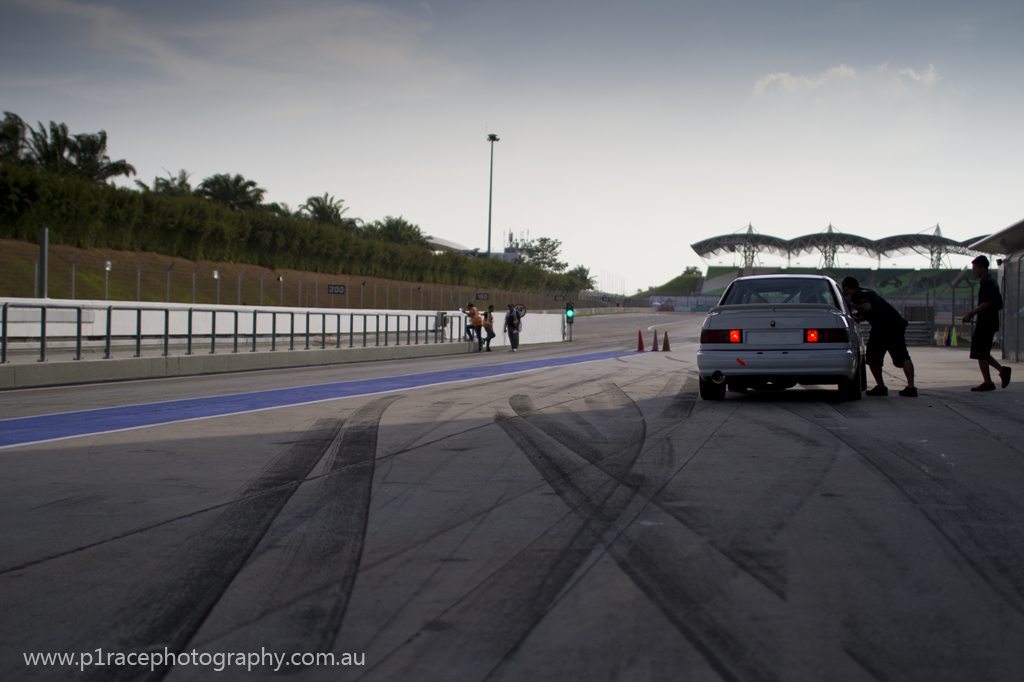
Returning to the main pits, I managed to catch this completely left-field car just as it pulled in. I haven’t seen a Sierra Sapphire Cosworth since I lived in the Isle of Man 18 years ago, so it was quite the shock to see one in the metal again, and in Malaysia of all places. Later, I realised it was probably brought over by an expat Brit, given Malaysia’s colonial past.
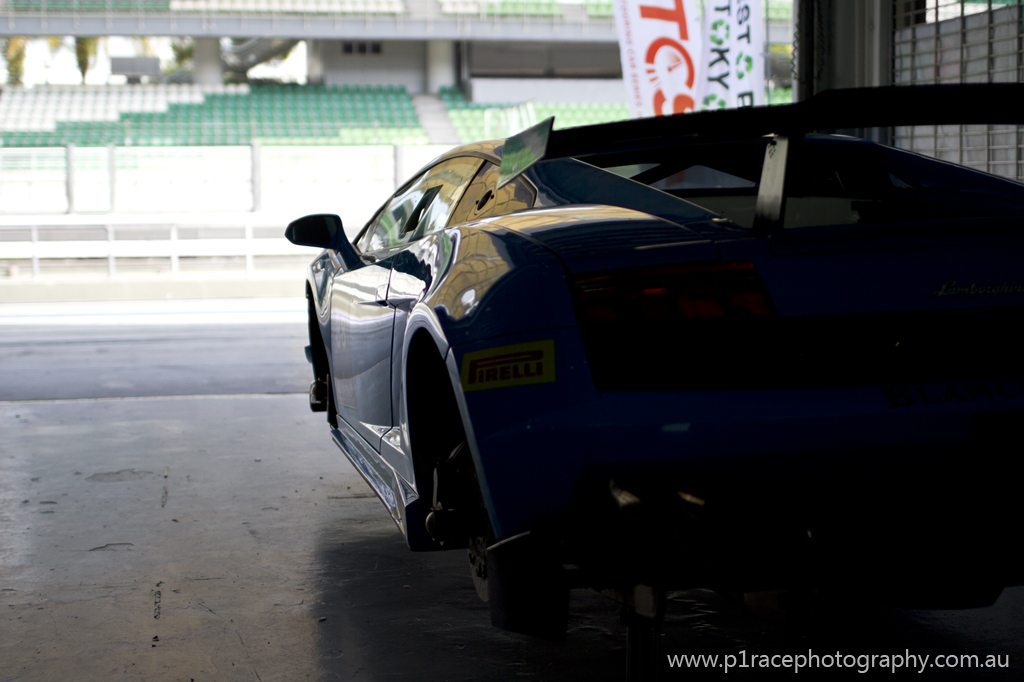
The rest of the pit garages were taken up by a local chapter of the Lamborghini Super Trofeo series. Entries within this group ranged from the subtle…
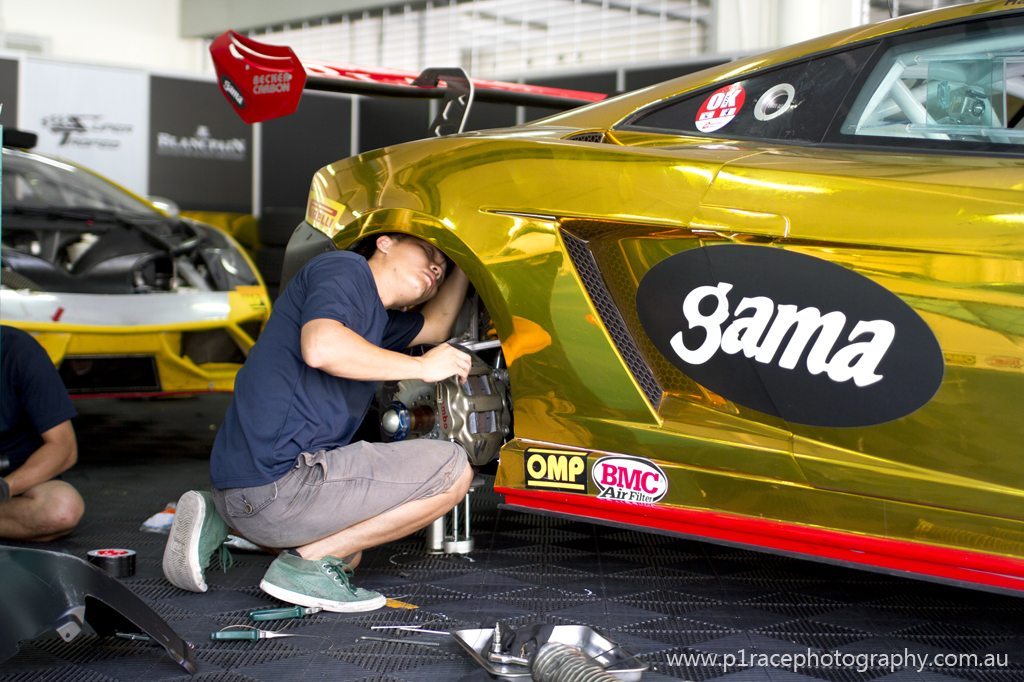
To the not so subtle. Either way, there’s just something about Lamborghinis, don’t you think?
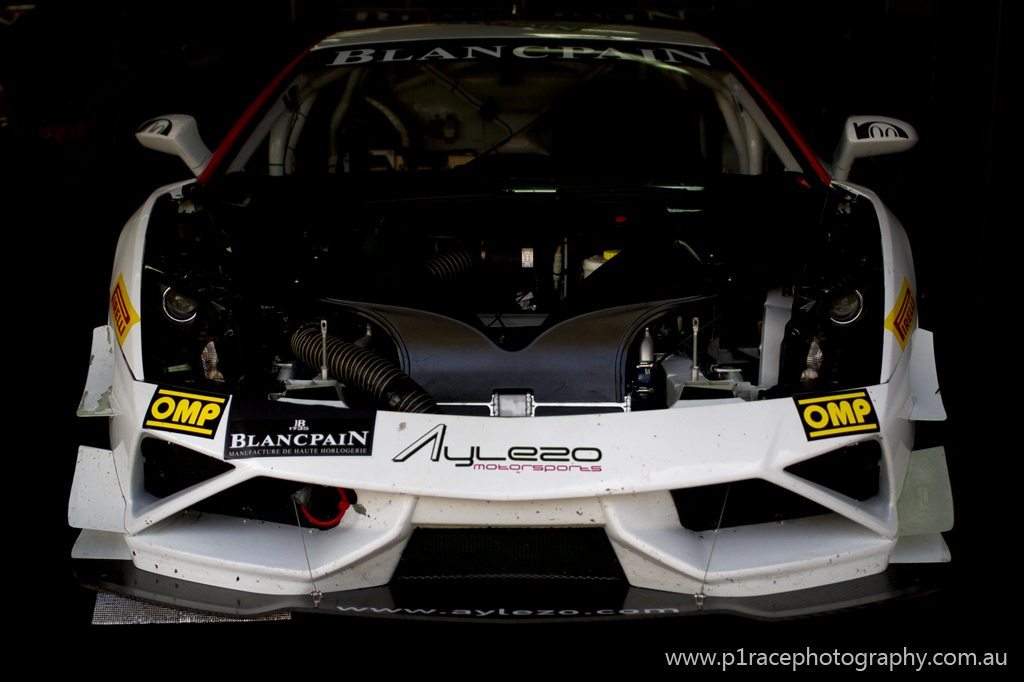
Finally, I found this little beauty hidden away in a corner of the pits. Just stunning, no?
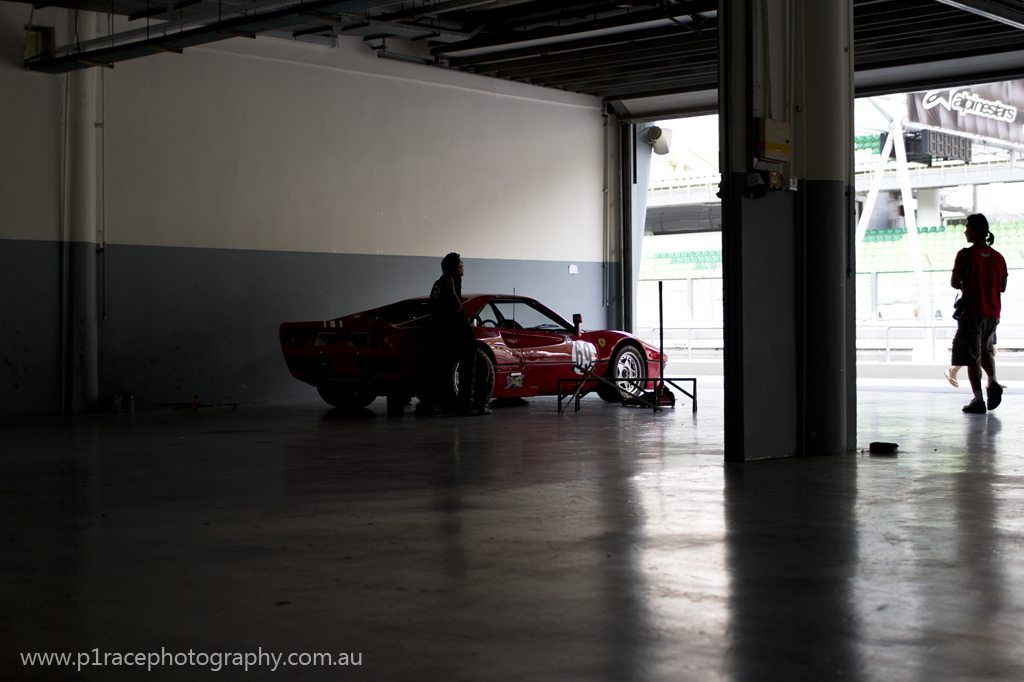
Heading out of the pits, Kazuto decided to stop off at a little garage complex, located just before the circuit exit to chat to someone. I’m glad he did, as we stumbled upon yet more amazing and rare machinery. For example, I knew Malaysia’s colonial past meant the existence of interesting British vehicles, but seriously, who expects to see a TVR Chimaera at Sepang?
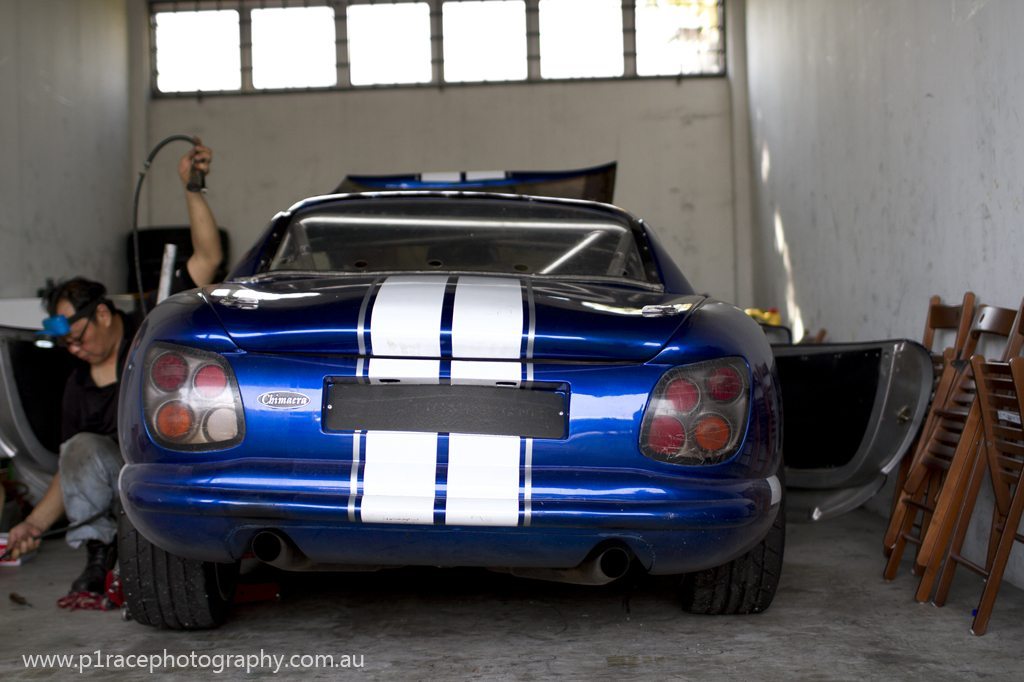
While not in pristine condition, it was still great to see, and was running the original Rover-derived V8, too. Gotta say, despite the cars themselves being beautiful designs, these engines sure could use some work in the looks department!
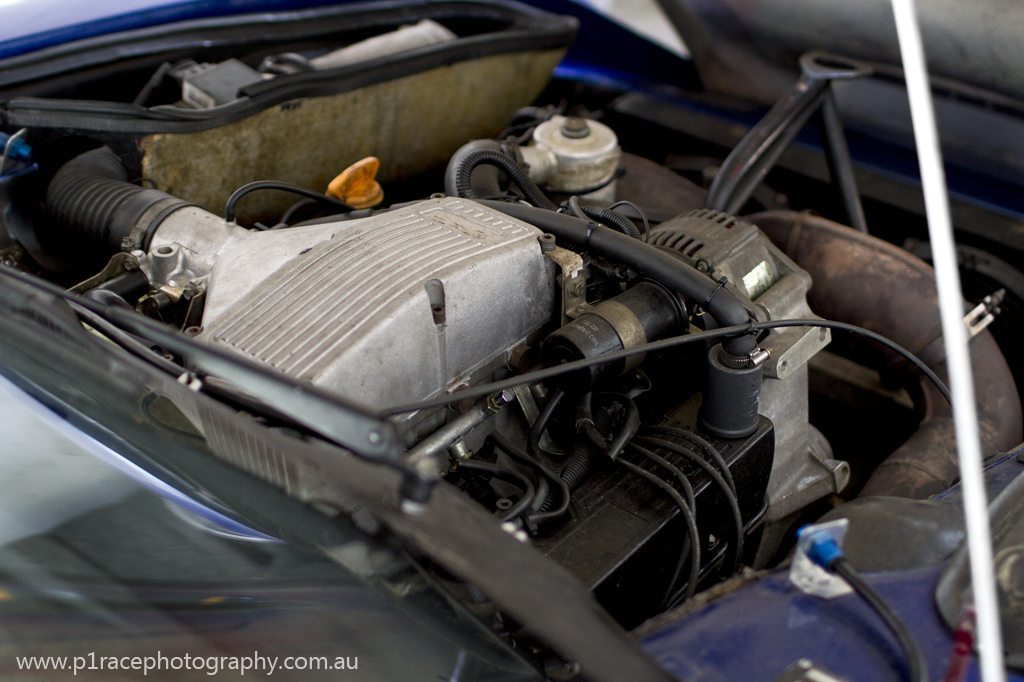
Not two spaces away sat this red Tuscan V8, too, looking glorious in its full race trim.

In between the two TVR’s sat another example of British engineering, with this Radical showing off its shiny internals for all to see. Given the rest of the competition, I had no idea what class this could have been in. Maybe it had one all to itself!
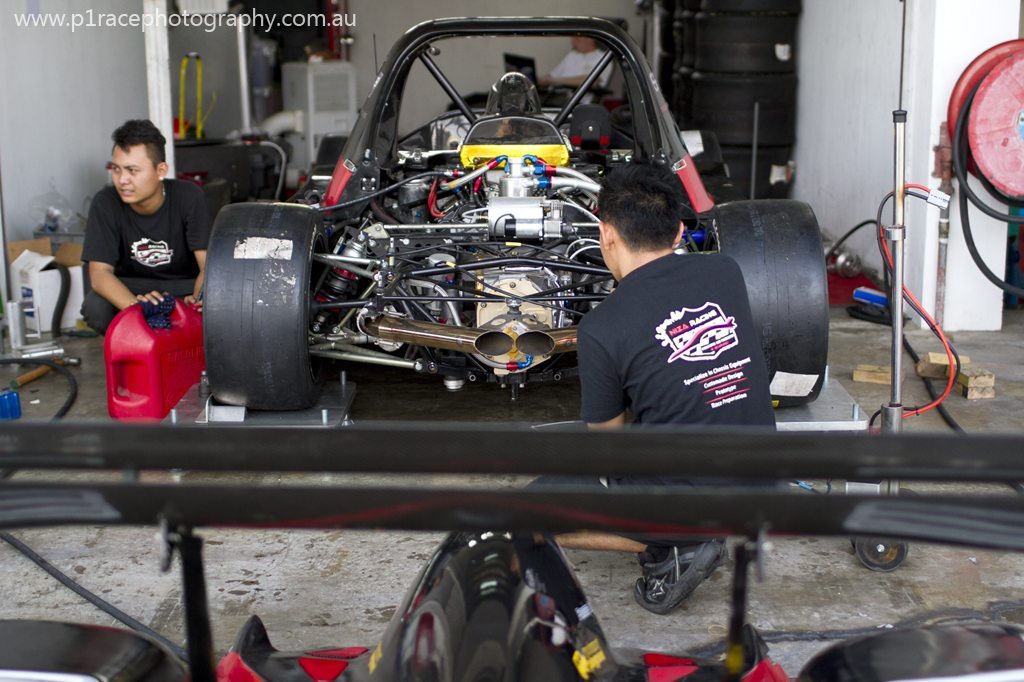
Wondering around, I also came across this future racer, playing around in his daddy’s machine.
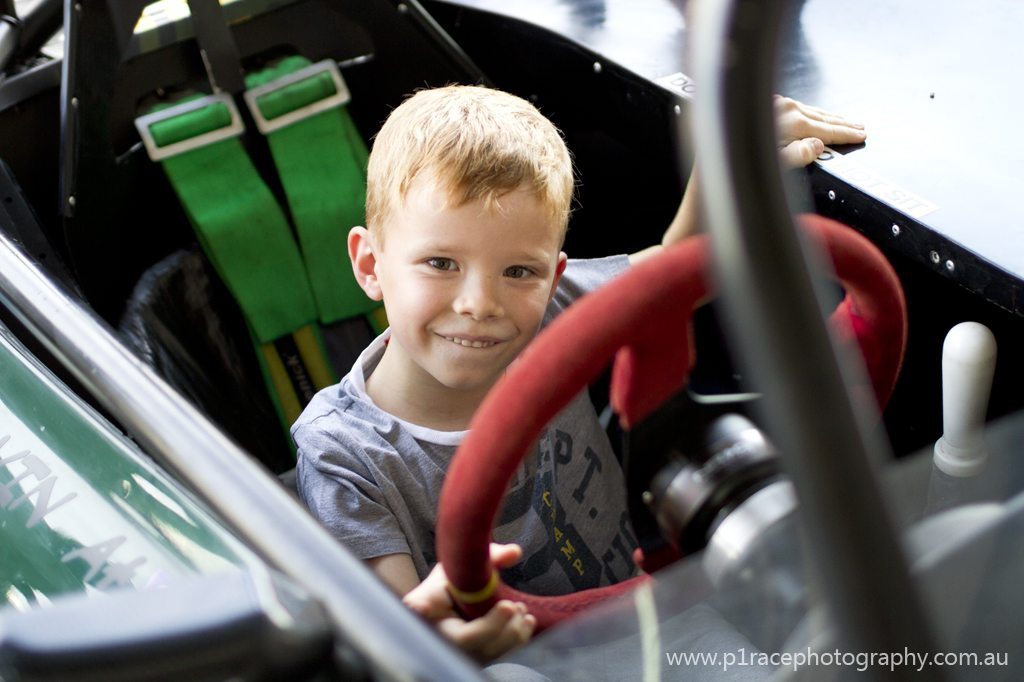
At the end of the garages sat one rather larger roller door, and it was here my jaw truly dropped. You can’t see the 458 racer off to the right, but the rest of the cars should give you an idea why my jaw hit the ground. This space seemed to be where the rest of the Super Trofeo/GT3 field slept while waiting for track time, but I couldn’t be sure. Either way, a magnificent sight.
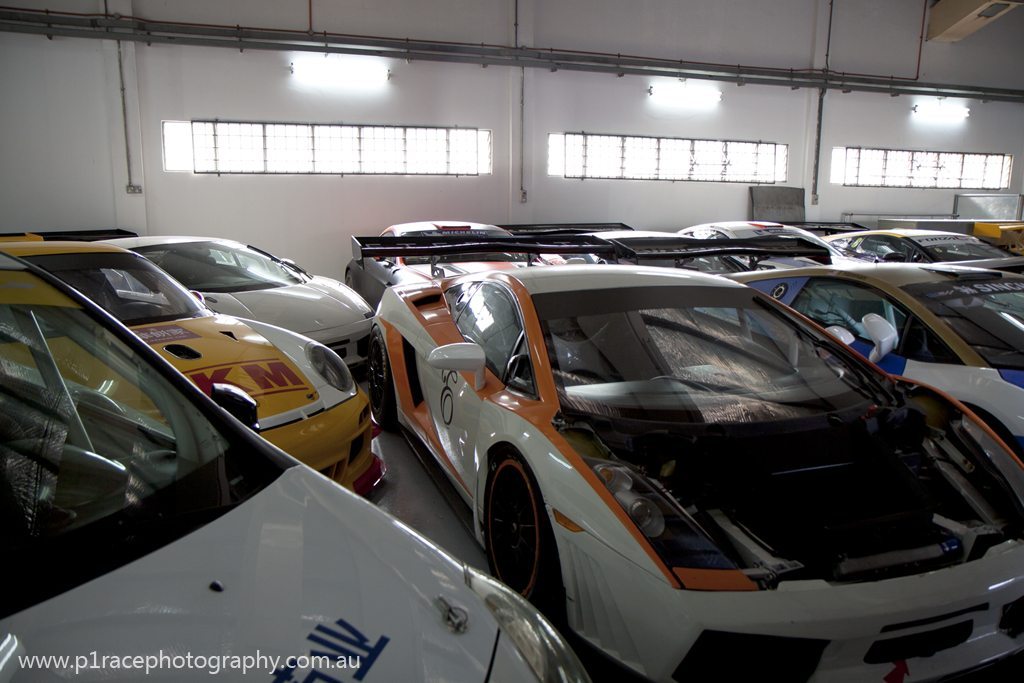
Next day, after a night of sightseeing, it was time to visit Car Heaven. Literally. That’s what it was called.

You wouldn’t think it, given its appearance, but in most respects it’s an accurate description. A rag tag collection of tuning and parts shops that extends for many blocks, it is possibly one of the biggest tuning complexes in the world. From dress-up to full-blown horsepower factories, if you wanted it done, you could get it done here.

The first shop we happened to drop in at was a little place called MSD (the dark space to the right of the shot). From the outside, like most of Car Heaven, it didn’t look like much. A couple of S-chassis in various states of tune didn’t really hold a great deal of promise.
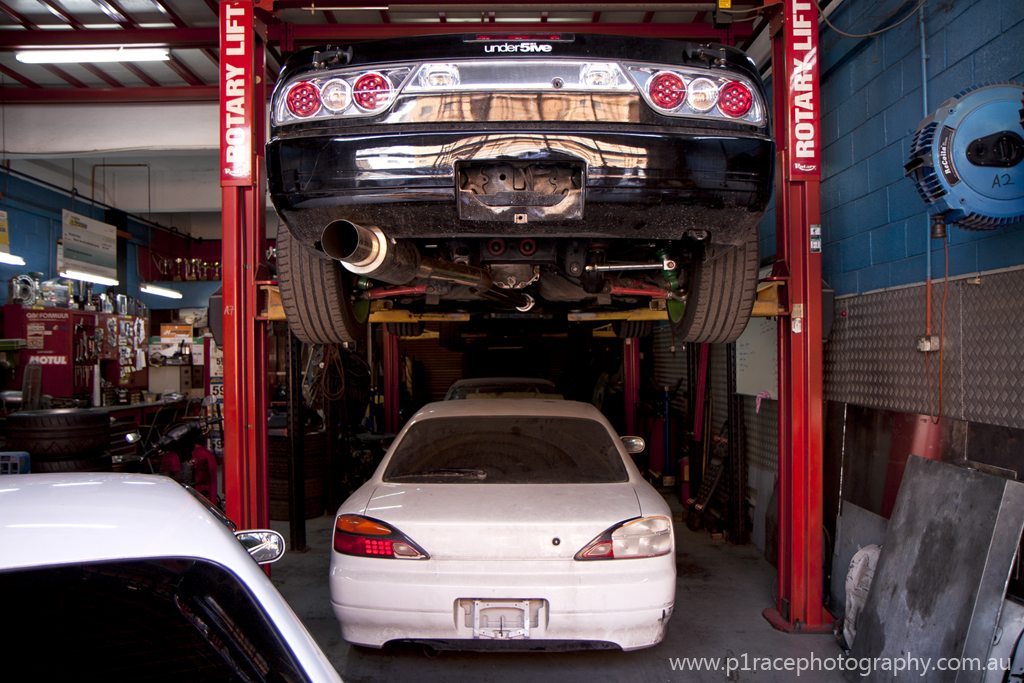
That was until you peered past the white Silvia. Because while MSD may walk quietly, it carries a big stick, in the form of Robbie Nishida’s Formula Drift Asia machine (below). As I later found out, MSD is one of Malaysia’s foremost drift tuning shops, and a look at their trophy shelf (on the back wall in the shot above) is proof of that.
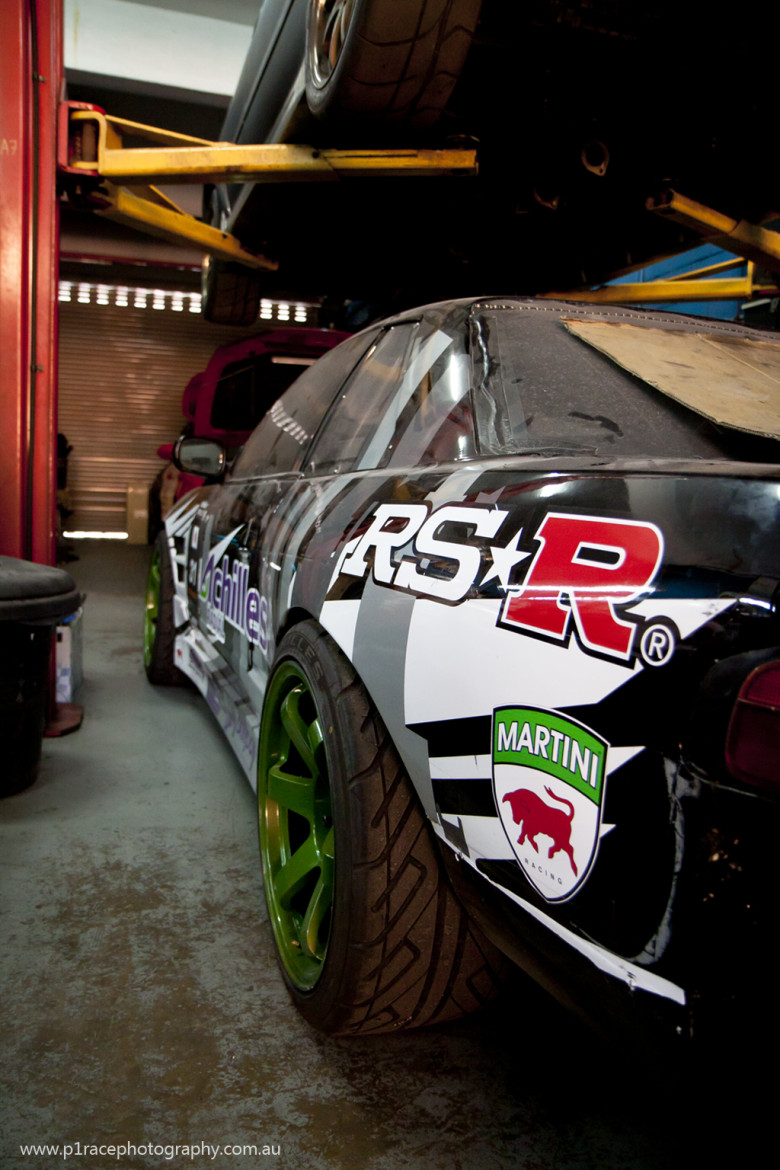
Having seen Nishida’s car at full noise at FD Asia’s Melbourne round, it was a lovely surprise to see it again, even if it was stationary and without its famous driver.
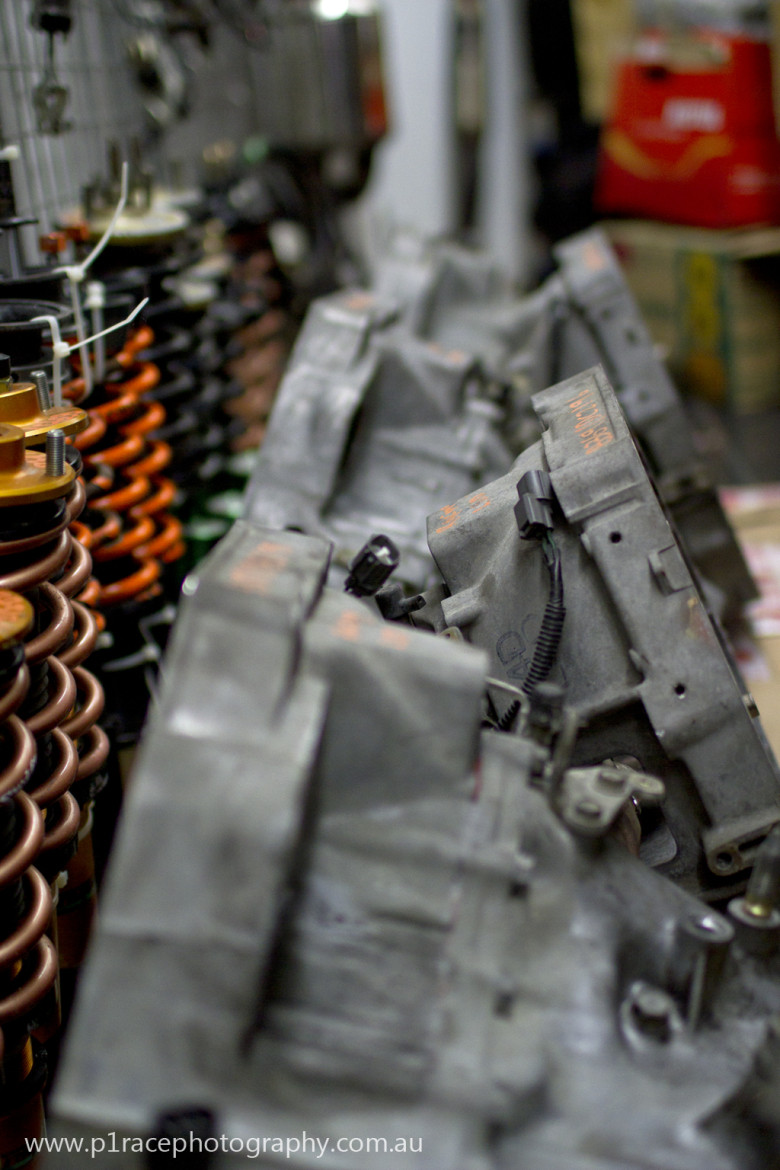
Next up was a tiny little shop simply called Samurai. Like many Asian shops, though, what it lacked in space, it made up for in stock. Virtually every major Japanese tuning brand was represented, and if you wanted it, you could probably get it.
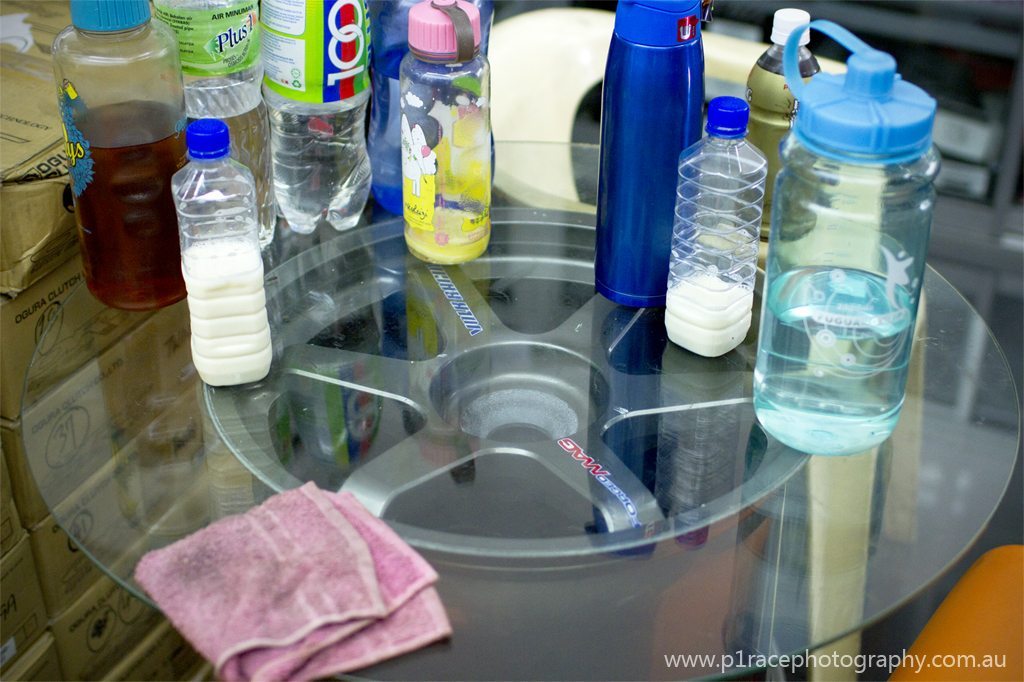
That said, you probably couldn’t buy these two genuine Super GT Volk Racing Forged Mag wheels. They were too busy being used as a coffee table!

You could probably buy one of these VTEC engines, though! I bet many Honda lovers would just die if they were in this room.
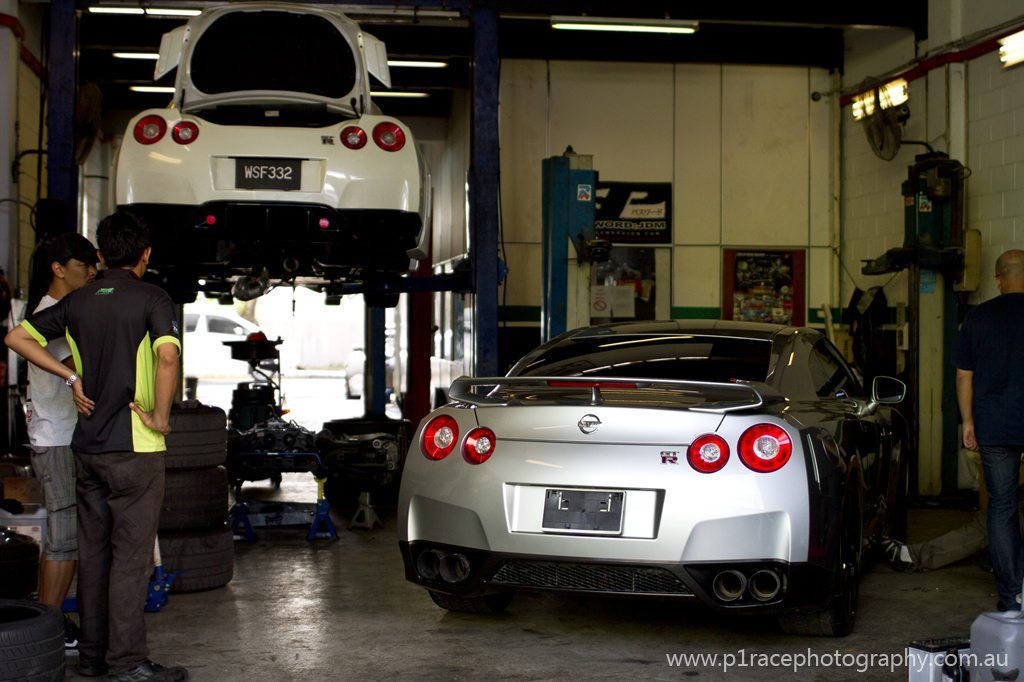
After a quick lunch, which included a dessert of peanut butter-covered waffles (seriously, they’re good!) we headed to our final stop in Car Heaven – ATS Automobile. As you can see, GT-R’s are their main game. In Malaysia, where the average salary is a third that of the US and cars, thanks to a near-Singaporean tax system, are stupidly expensive (the small Peordua Myvi, one of Malaysia’s most popular cars, costs $30,000 and a Nissan 370Z costs $113,000), the amount of money that must go into buying a GT-R, let alone tuning it, is staggering.
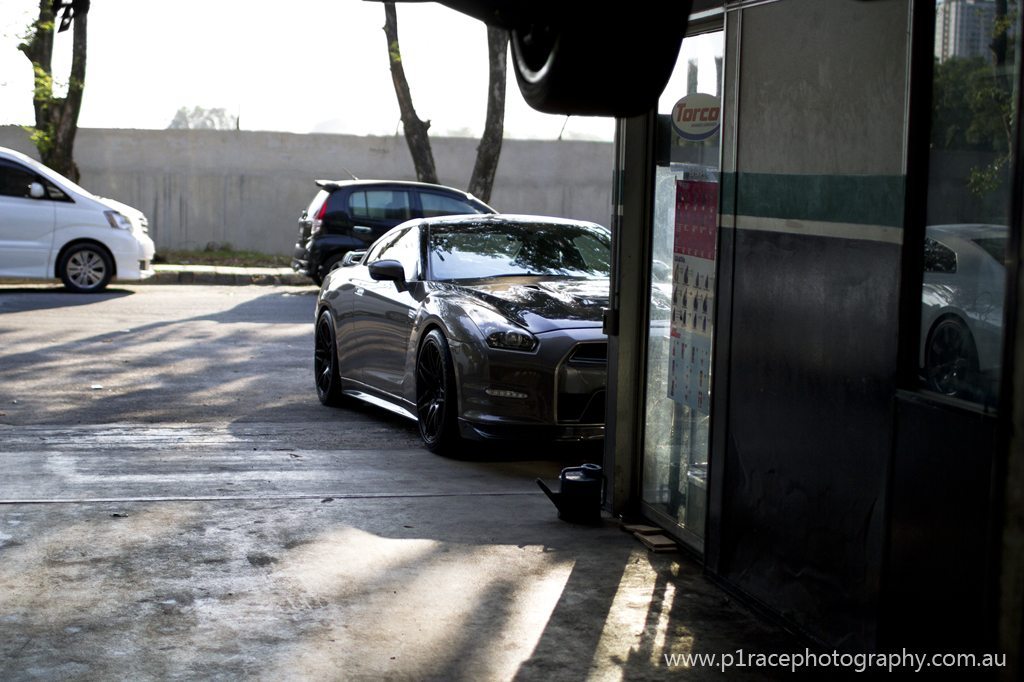
Yet tune them they do. And at ATS, they do it right, using AMS kits from the States almost exclusively.
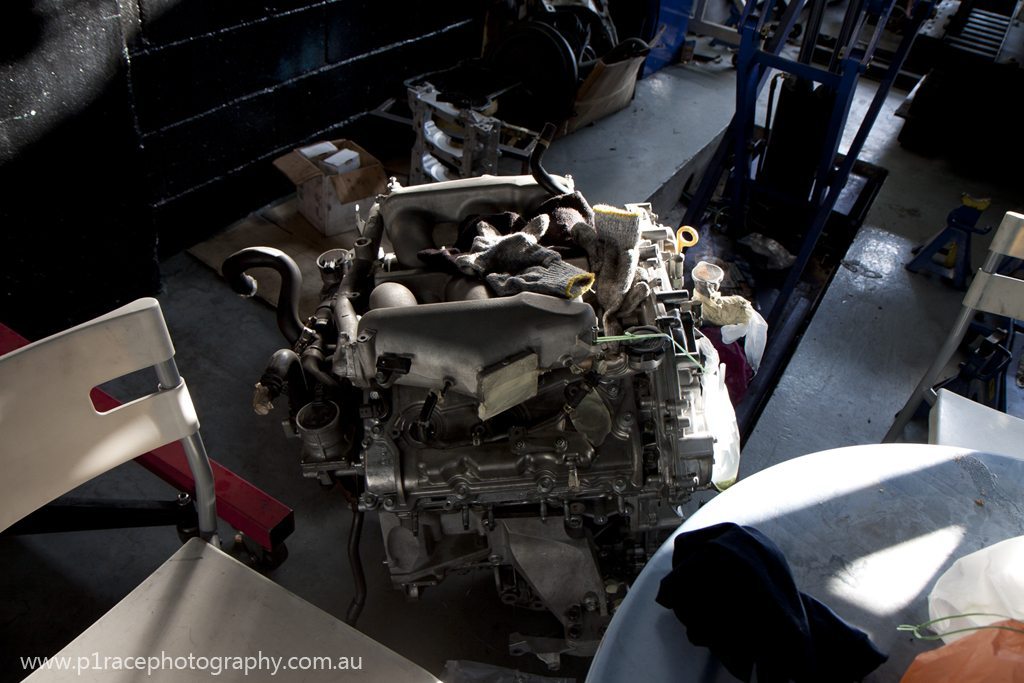
Interestingly, again like so many Asian establishments, space restrictions meant the shop was actually spread over two locations. The workshop from before was just for fitting and fettling. The actual engine building work was done in a separate office, located across from a printing company.

It was strange to walk in and see a whole range of standard GT-R parts just lying on a wooden pallet on the floor, having been replaced with higher-spec items, but that’s the nature of the work.

When it all comes back together, though, the result is beautiful. This 800+ horsepower engine certainly sounded the goods, too!
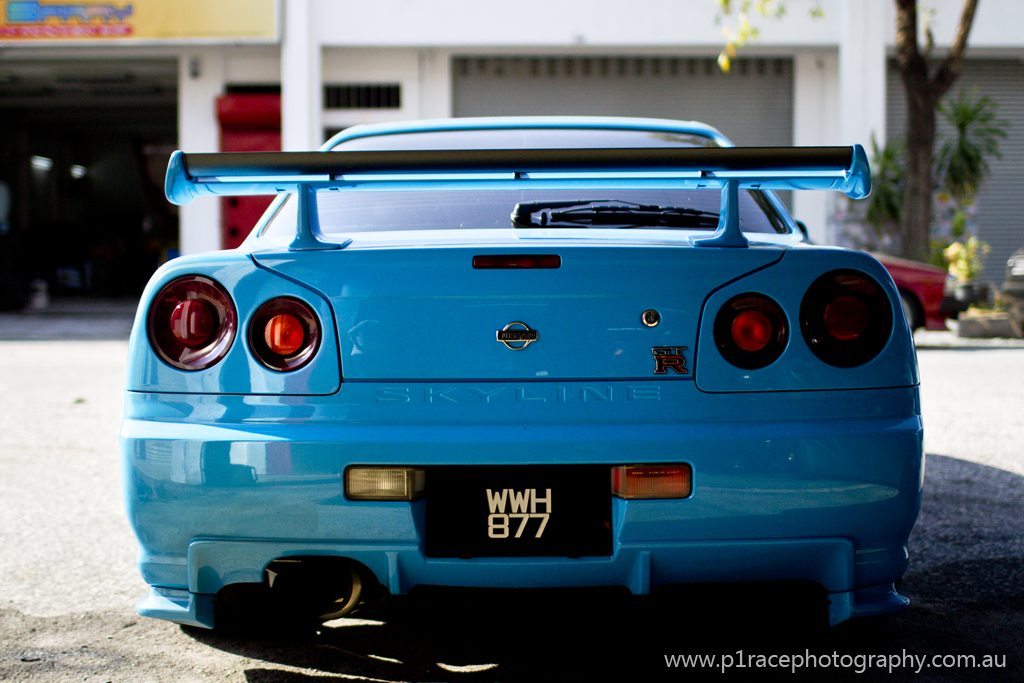
However, I couldn’t leave Car Heaven without a final poke around the back streets, and it’s amazing what I found. R34 GT-Rs are rare in most places outside of Japan, but here I saw two in almost as many minutes. Wasn’t sure about this one’s colour, though. Certainly stands out!
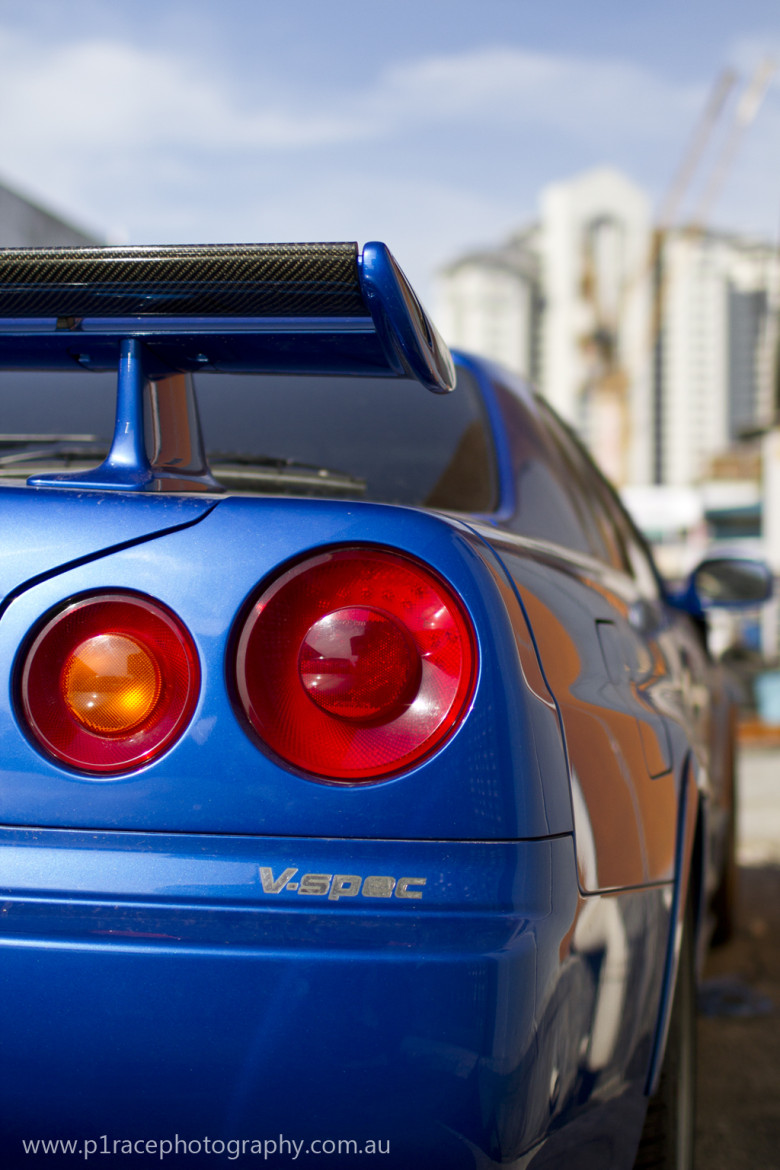
The other was this rather more conventional beast. However, given I reckon Bayside Blue is probably one of the best paint colours of all time, conventional here is hardly a bad thing.
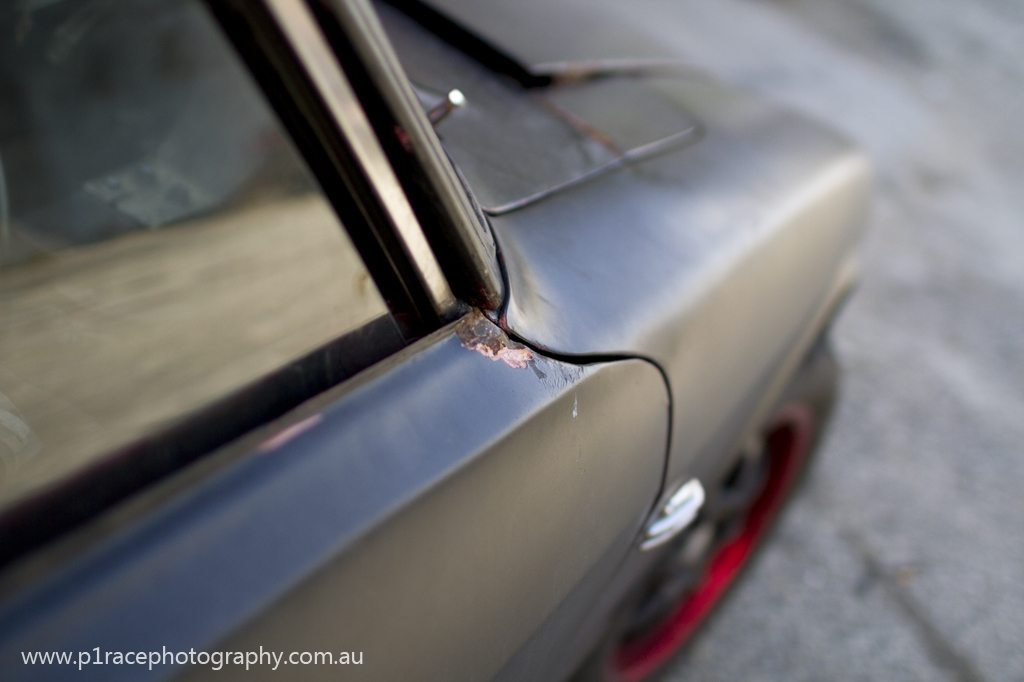
Opposite the GT-R lay a rather sadder sight. This 260Z had suffered genuine neglect, evidenced not just by the rust seen here but by the junk-filled and crumbling interior. I felt so sad. Times like this, you just want to give the car a big hug and promise it everything will be fine (then restore it).
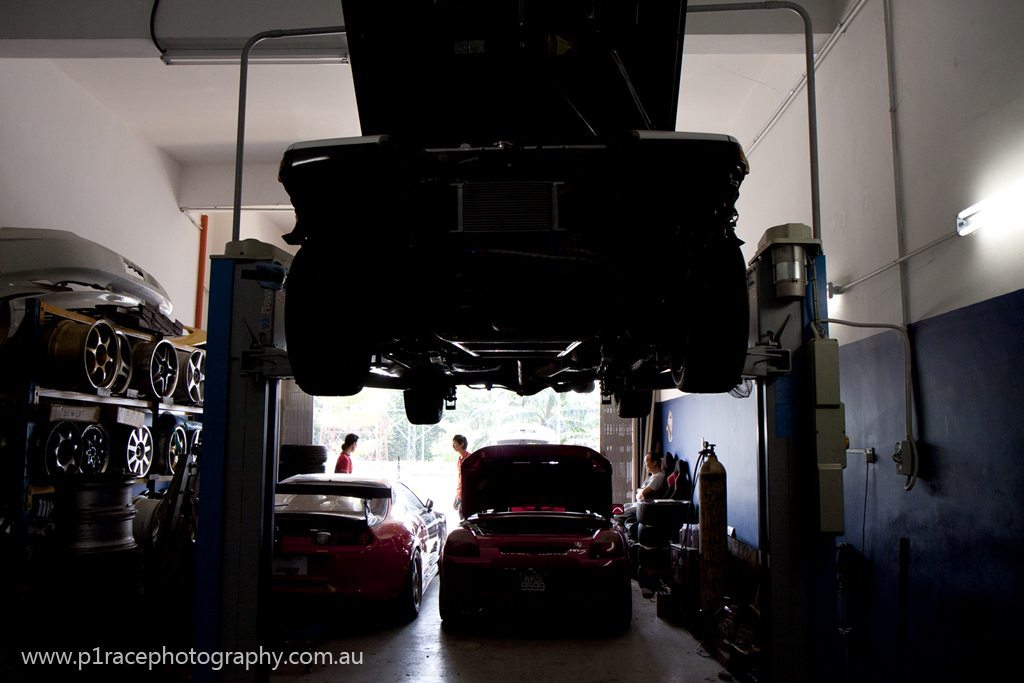
Prior to my final car-related stop in Malaysia, Kazuto made a beeline to D Garage – a friend’s tuning shop on the other side of town. Here lay Kazuto’s old Supra drift car, an ex-Formula D Asia machine with a very nice-sounding lump of American iron under the bonnet. Apparently he planned to use it that night to teach a colleague’s son how to drift – it was the kid’s 18th birthday present from his mum, apparently! That’s one generous mum!
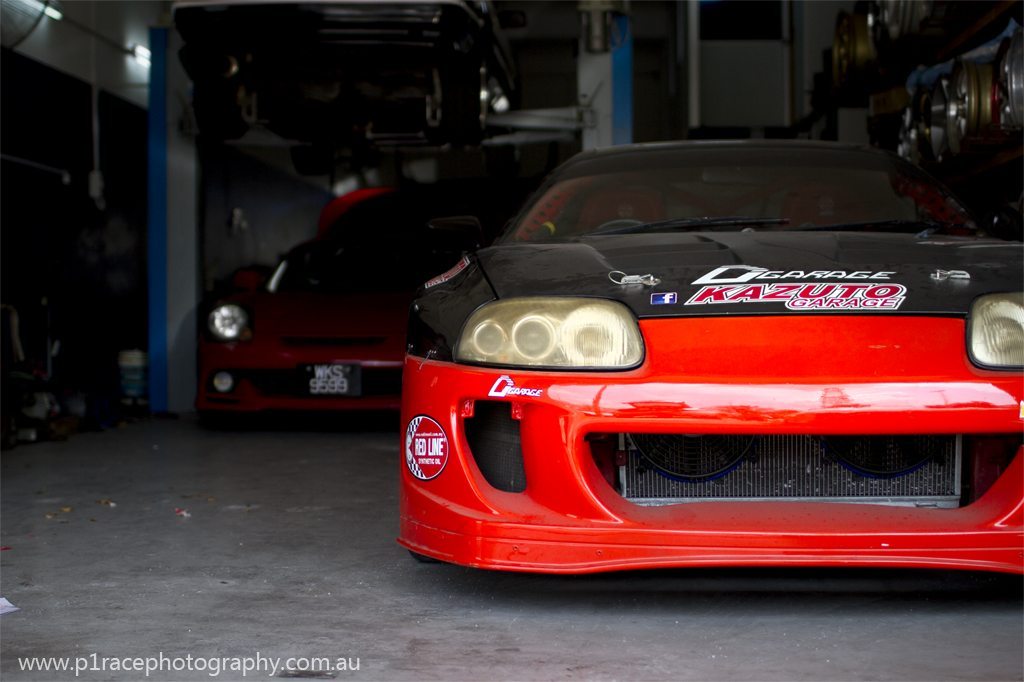
Next to the Supra lay an MR-S undergoing a bit of a tune. I’m always a sucker for engine porn, and this little 1.8 litre lump with its cam covers off fit the bill nicely!
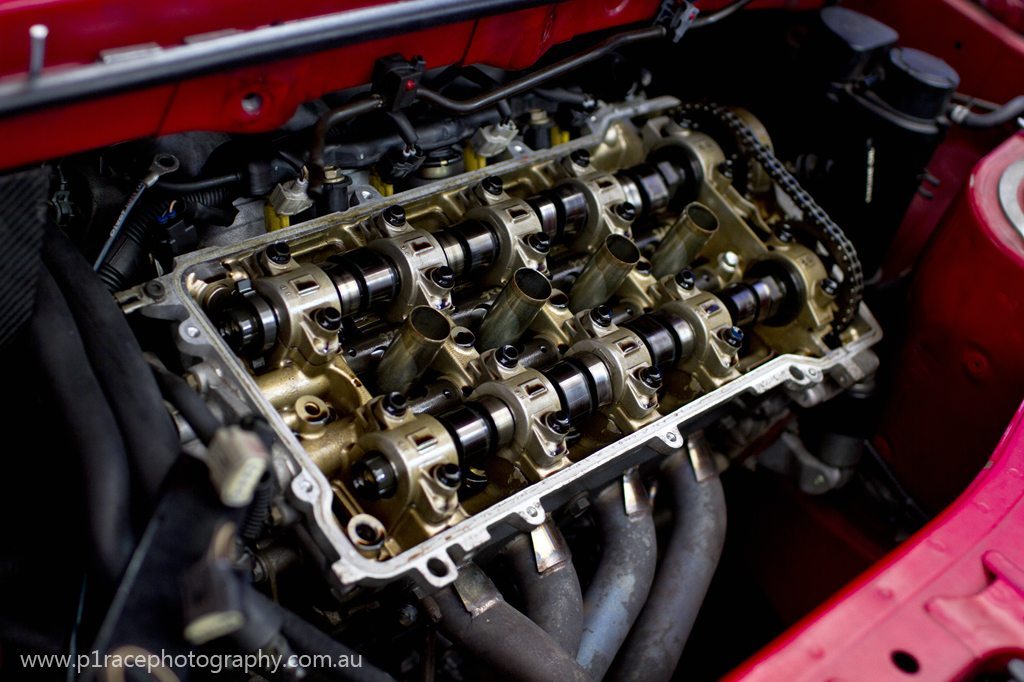
As you might have seen from the first picture, the main project car, David the owner, was working on at the time I visited was a beautiful panda AE86. While the body was incomplete, the engine was almost there, and looking lovely with its purple anodised trumpets.
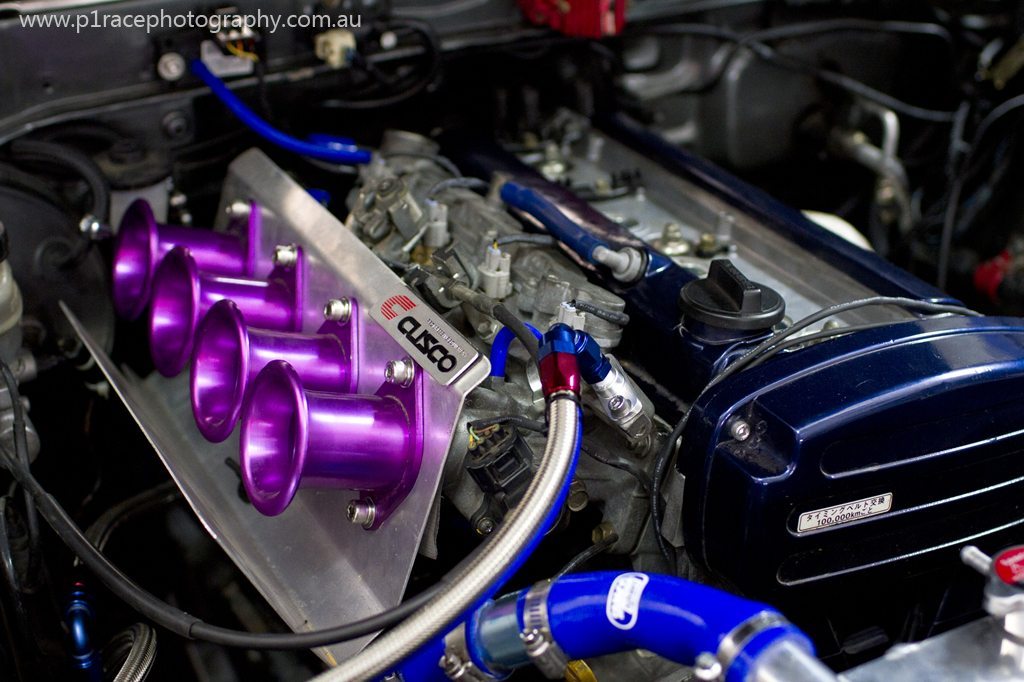
Less lovely was another example of a Nissan sports car neglect out the back. At least this time, though, I knew the reason – Kazuto purchased this 180SX to build into another Formula Drift car, but as with so many other builds, other plans took priority and now it just sits there. Shame. Hopefully it’ll be turned into the 800hp 2JZ monster Kazuto plans to build eventually. The engine’s ready to go…
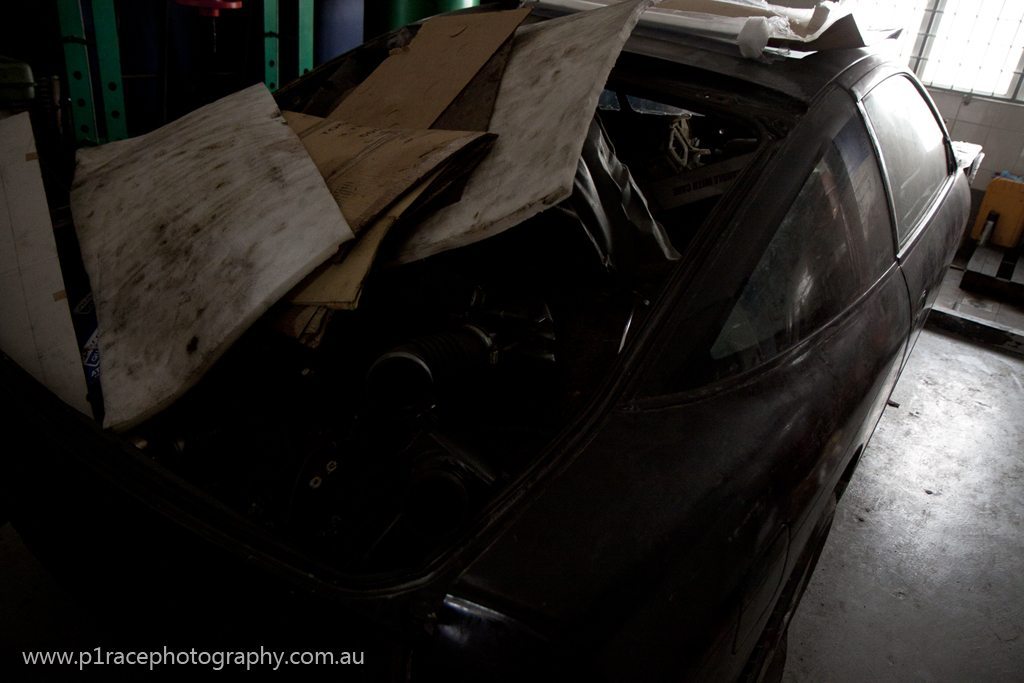
Having sorted everything out for that night’s lesson, we headed off to the location itself – Speed City.
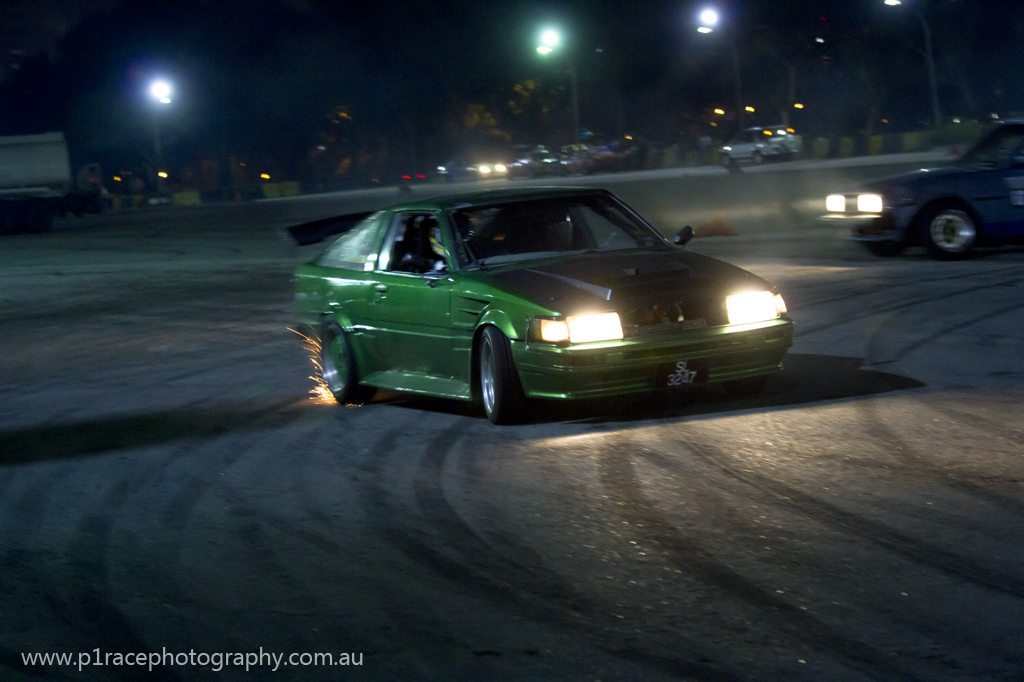
Speed City is Malaysia’s main drift centre, and home to Formula Drift Asia’s Malaysian round. However, like any motorsports facility, it is also used for other things, and tonight was just a bit of grassroots fun, combined with an unusual (for that circuit) show and shine event, too, which you saw a little bit of in two of the first three images.
The drift part of the night was pretty cool. Clearly, as you could tell from the green AE86 running his tyres to the steel, the guys had very little money. However, they all went hard and tried to make a go of it.
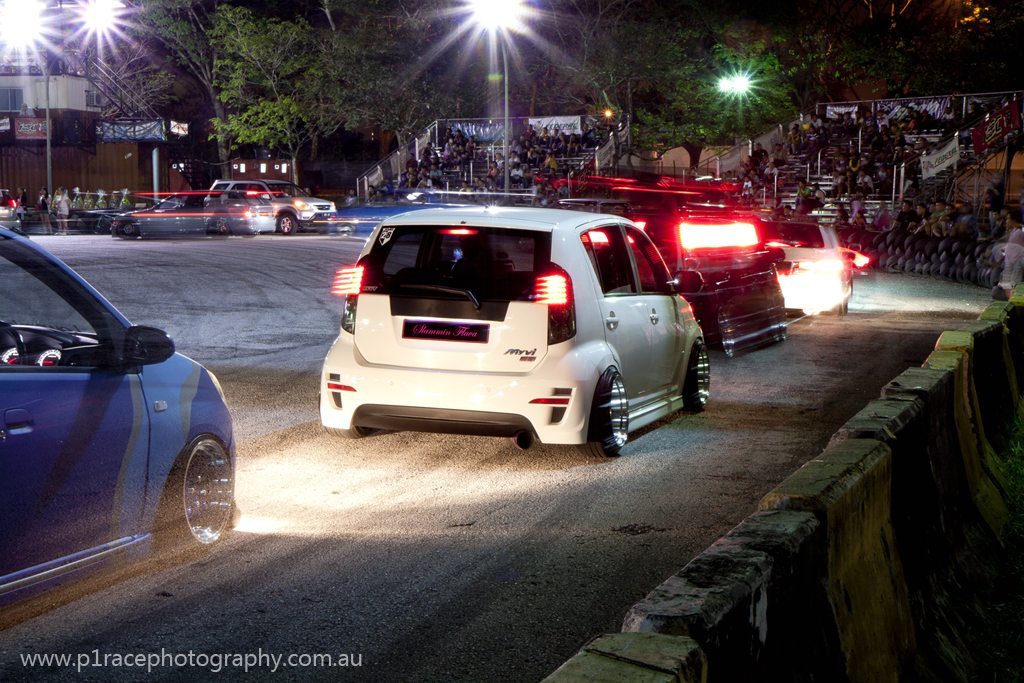
However, the drifting was relatively short-lived, as the show and shine boys and girls took to the track to participate in a car limbo contest that ran for well over an hour!
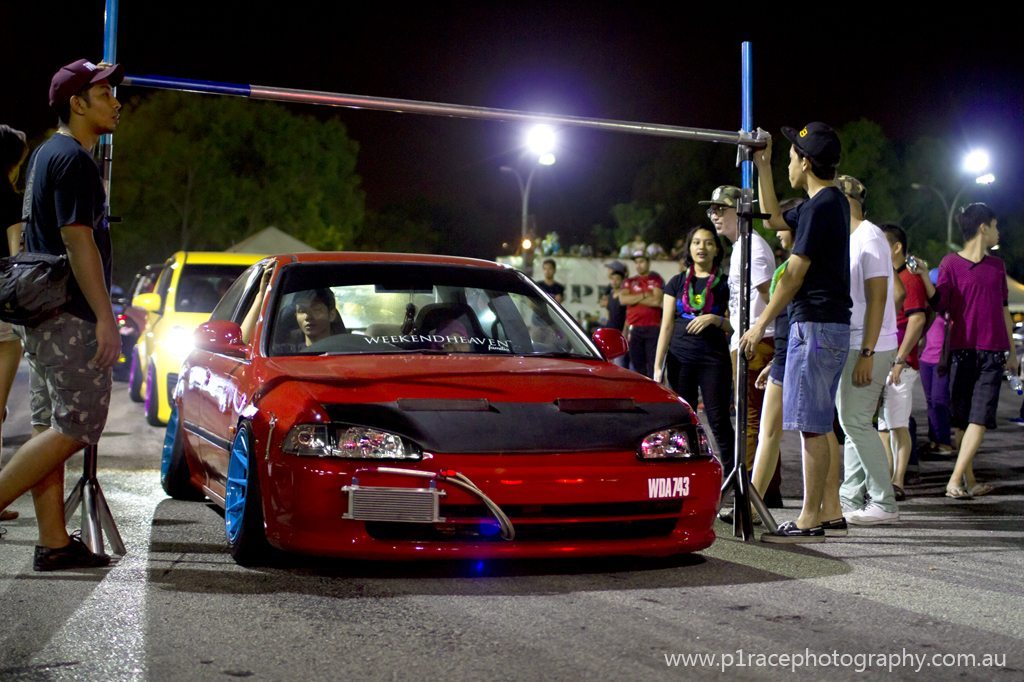
At first, the limbo bar was comically high.
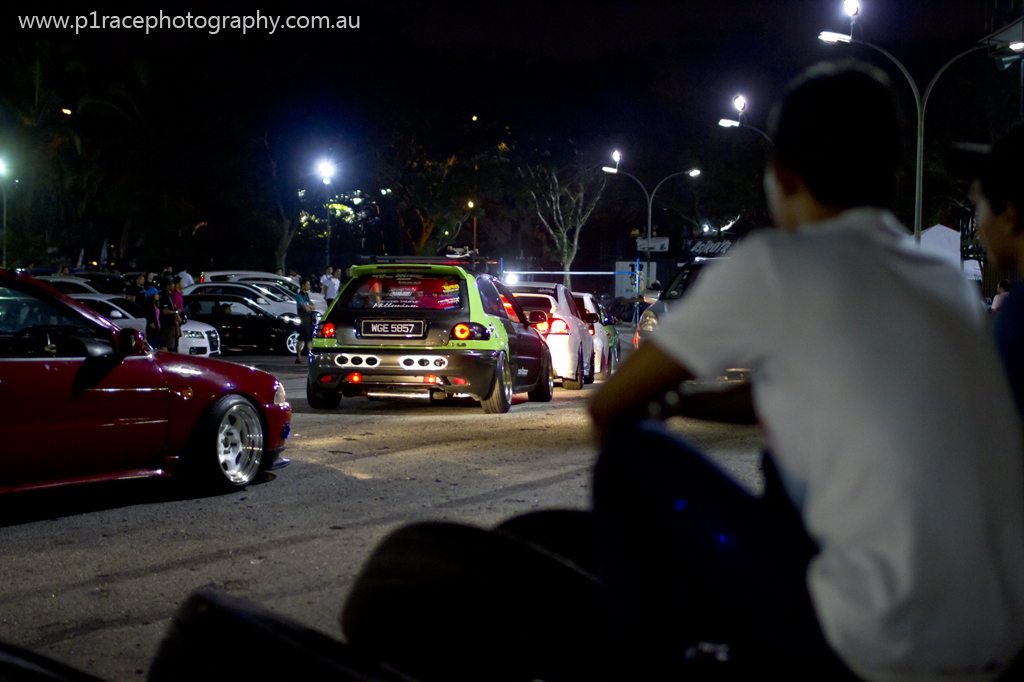
But as time went on, it got progressively lower…
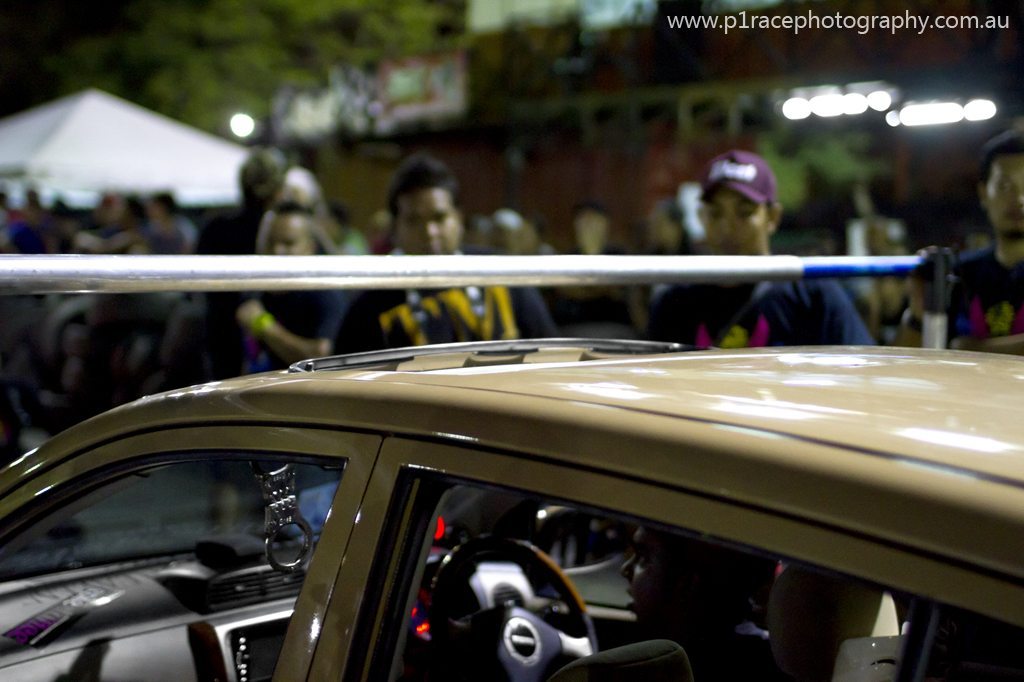
And lower…

Until some guys had to resort to extreme measures to get under the bar!
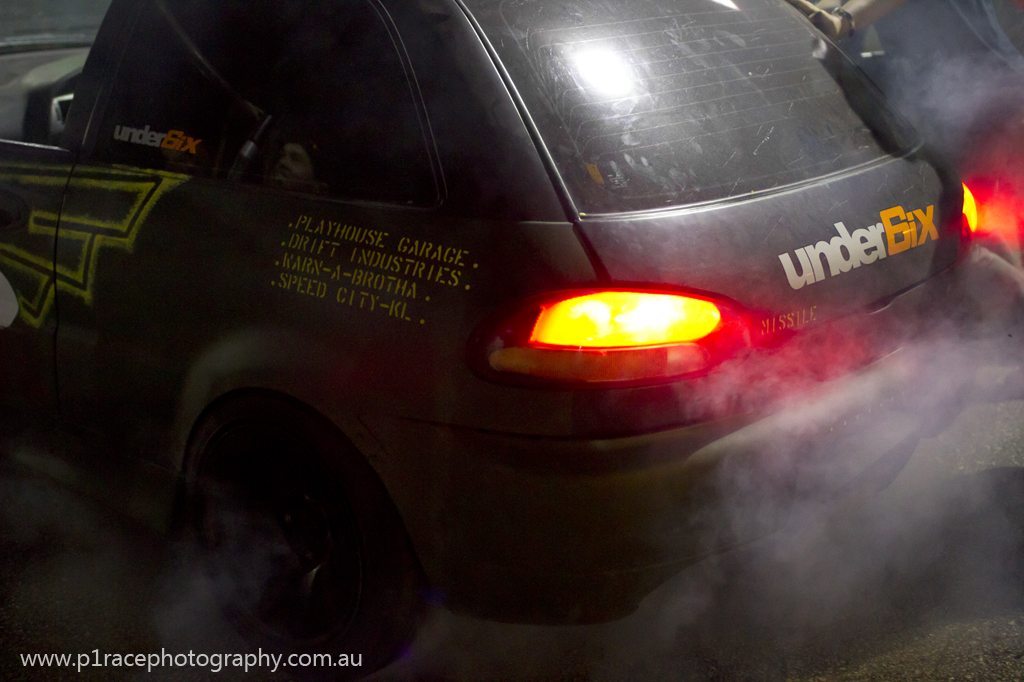
One rather different approach came from this Proton Satria, which decided to limbo under it sideways. You may wonder how it did this, given the Satria was originally a front wheel-drive hatch. Well, this one had been converted to rear wheel-drive and was using an Evo engine to light ’em up! Shame I didn’t have the time to shoot a feature on this. Must be one of the few such cars in existence.
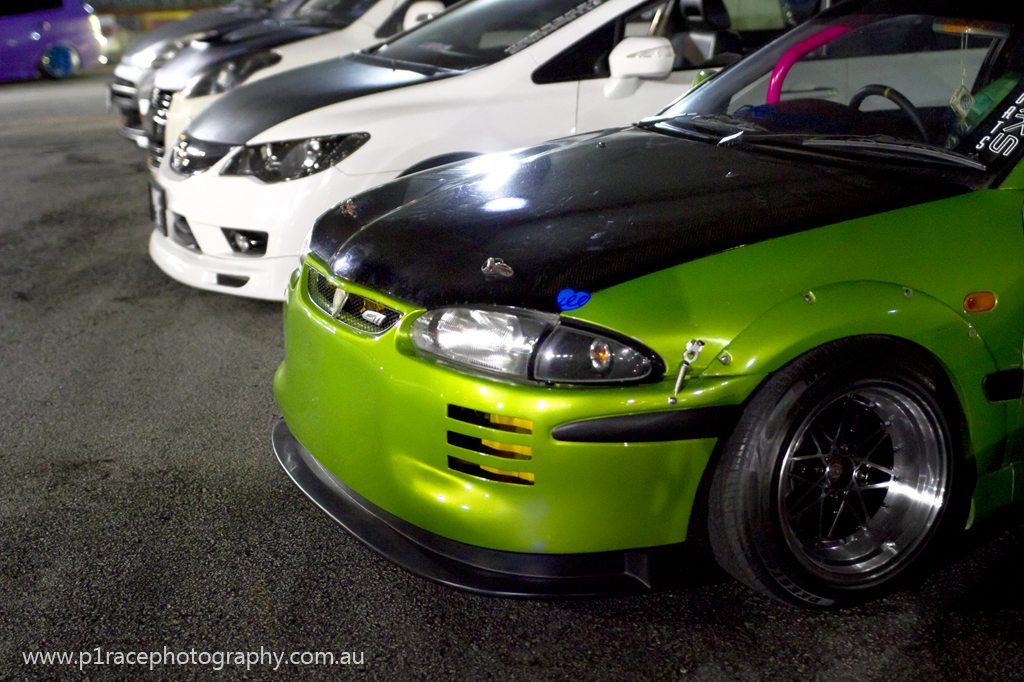
Afterwards, I took a quick look around the cars that had been eliminated. The majority were, unsurprisingly, locally-built Peroduas and Protons, all dumped on a variety of replica wheels and covered in Illest stickers. Now, before anyone starts making snide remarks, remember what I said about wages and car costs – it’s all these guys can afford. This Satria GTi stood out, though, thanks to its combination of racer-style and a unique front bumper. An aerodynamic fuel saving measure?

I finished up the night (by then almost 2am) by heading back to the skidpan to see how Kazuto and his new charge, Adama, were doing. Pretty well, it seemed, especially given it was his first time drifting.
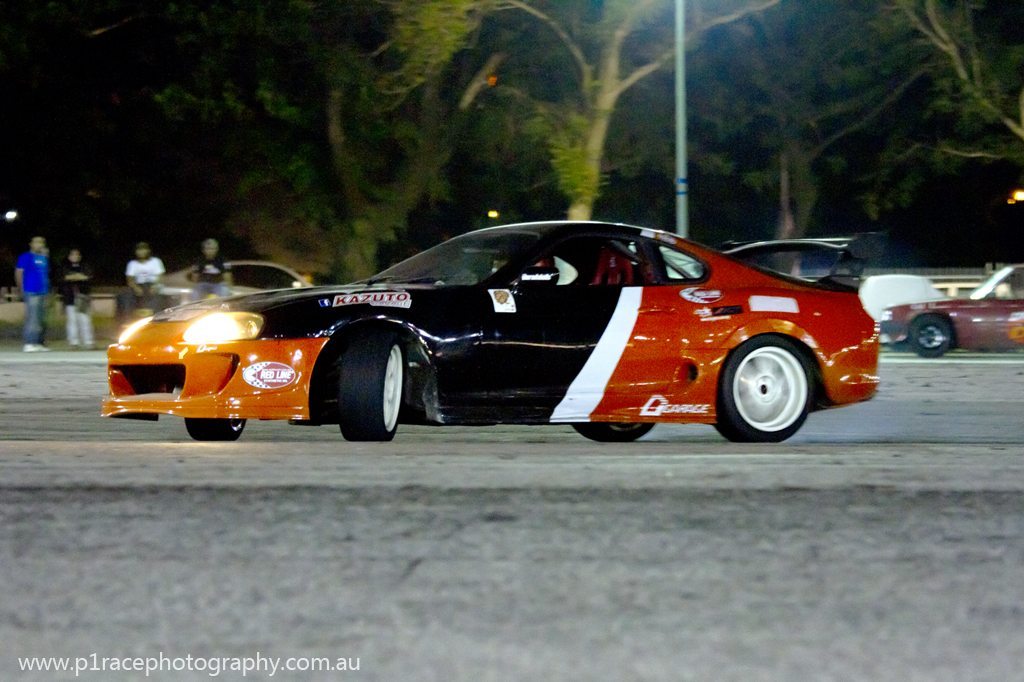
And as the time crept towards 3am, he got better and better, managing to get some serious angle on the car and transitioning between one direction and another – the key to drifting. In fact, Adama was better in that regard than the idiots around him who tried to scare him off by driving closely around him in circles in a cowardly, immature and downright dangerous a display of driving. The fact no officials tried to do anything was an indictment on the circuit’s management.

That said, I certainly didn’t leave Speed City, and Malaysia, thinking it was all bad. Far from it. Yes, the scene has far to go in some respects, but in others, it’s as good as anywhere I’ve ever been. Malaysia is a country where a petrolhead can feel at home. And that’s always something worth celebrating.

